HyPT-2
A virtual International Forum on Hydrogen Production Technologies (HyPT-2), was held from Sept 14-16, 2021.
Following on from the very successful Hydrogen Production Technologies (HyPT) Forum, which was held as a face-to-face event in 2019, the second international forum HyPT-2 was a virtual event, which continued to explore, in depth, a range of current and emerging zero carbon emission (CO2-free) hydrogen production technologies.
This forum presented an in-depth overview of a range of current and emerging zero carbon emission (CO2-free) hydrogen production technologies. The forum explored, through expert opinion and discussion, the different technologies, with emphasis on:
- Appraisal of current technologies, projections and limitations.
- Challenges and limitations of emerging technologies, and barriers leading to cost reduction
- Consideration of system integration, scale-up and effectiveness, as well as life-cycle analysis.
The HyPT-2 forum was sponsored by the Australian Renewable Energy Agency (ARENA) to support interactions with international Mission Innovation (MI) activities. The forum was organised by the Centre for Energy Technology at the University of Adelaide.
The forum was divided into the following 6 themed sessions:
- Large-scale electrolysers - limitations and future prospects
- Emerging electrolysis technology
- Hydrogen from natural gas
- Thermochemical processes
- Hydrogen from bioresources and waste
- Photo-electrochemical (PEC) and photocatalysis (PC)
Each technical session was focussed on a related class of technology. Extensive discussion time was allocated to address the following specific questions:
Advantages (Potential):
-
Can each of the technologies achieve hydrogen production that is internationally competitive over the current benchmark of electrolysis?
Challenges:
- What are the key challenges and limitations to the uptake of each technology (including technology development, upscaling, de-risking, resource and storage variability, cost trajectories and sensitivities)?
Pathway:
- What industry-specific or market-specific drivers exist for each of the technologies?
- What knowledge can be gained from exemplars or case studies in related industries?
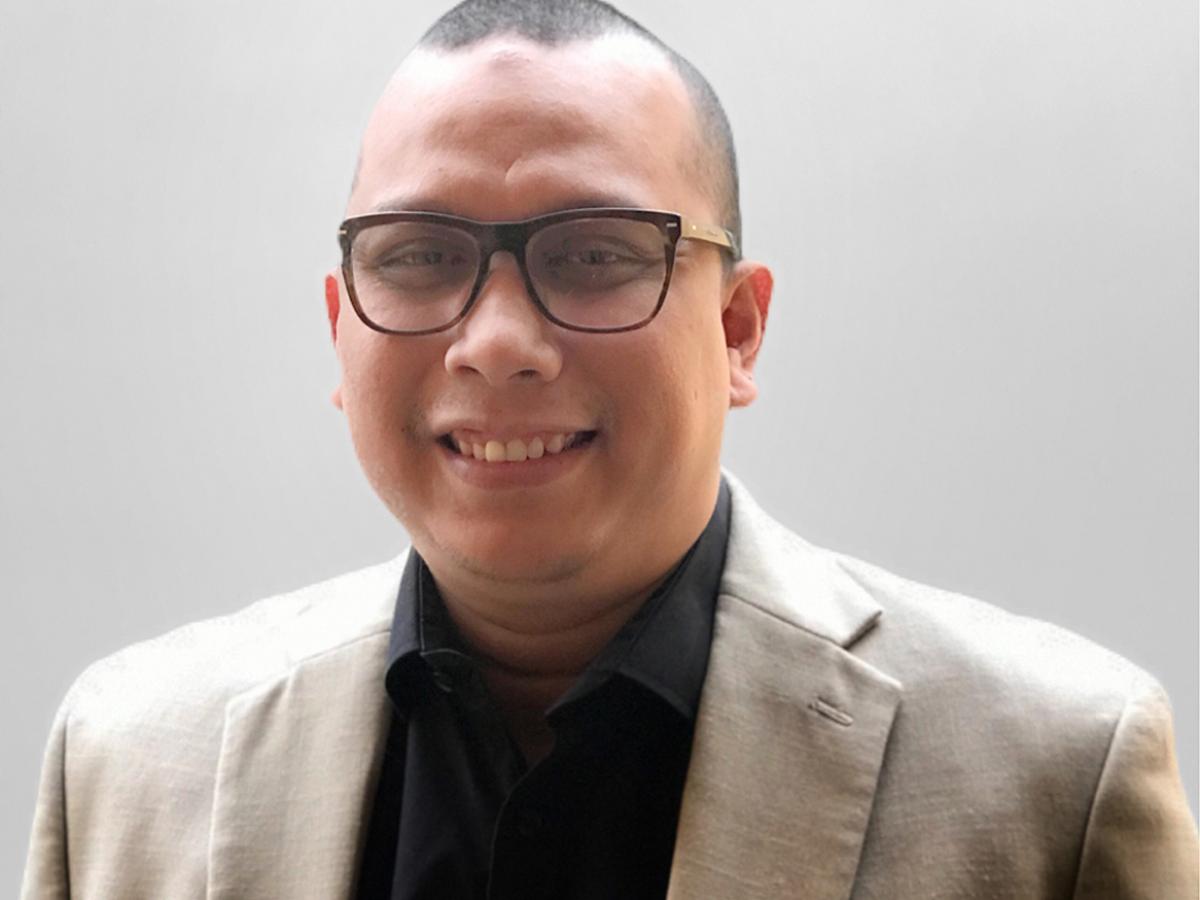
Dr Fatwa Abdi, Helmholtz-Zentrum, Berlin
Dr Fatwa Abdi is a senior staff scientist and the deputy head of the Institute for Solar Fuels, Helmholtz-Zentrum Berlin (HZB). His research is focused on the development of novel oxide semiconductors as photoelectrodes for solar fuels production. In addition, his group also explores the engineering and scale-up of devices for solar fuels production using a combination of multiphysics simulations and in-situ experiments. He was the recipient of Singapore-MIT Alliance fellowship and Martinus van Marum prize from the Royal Dutch Society of Sciences and Humanities.
Mitigating performance losses in scaling-up solar water splitting devices
Keisuke Obata, Babu Radhakrishnan, Ciler Özen, Fatwa F. Abdi,
Institute for Solar Fuels, Helmholtz-Zentrum Berlin für Materialien und Energie GmbH
Significant progress has been reported in solar water splitting, with solar-to-hydrogen (STH) efficiency as high as 30% already demonstrated. However, two major challenges remain. First, these high-efficiency devices (> 15%) have only been achieved using expensive and non-scalable III-V semiconductors. Low-cost metal-oxide based devices, mainly using BiVO4 as the absorber, have only achieved STH efficiency of < 10%. Due to stability limitations, many of these metal-oxide based devices are operated in near-neutral pH electrolytes, which poses an additional mass transport challenge. Second, the majority of the demonstrated devices are still at the laboratory scale. Reports on large-area devices are limited, and they typically show much lower efficiencies. This is best illustrated in a recent review:[1] even when III-V semiconductor-based devices are considered, there is no report of devices with a semiconductor absorber area larger than 10 cm2 and STH efficiency > 10%. In this talk, we will discuss the scale-up of our photoelectrochemical water splitting devices based on a complex metal oxide absorber. Factors other than the semiconductor itself are found to be responsible for a total voltage loss of > 500 mV and therefore limit the overall performance of the large-area device.[2] We use a combination of multiphase multiphysics simulations (2-D and 3-D finite element analysis models) and validation experiments (e.g., in-situ pH fluorescence, particle image velocimetry, shadowgraphy) to quantify and breakdown the different loss mechanisms (substrate and electrolyte Ohmic loss, concentration overpotentials, product crossover, bubble-related losses) while scaling-up photoelectrochemical water splitting devices.[3-6] Based on these insights, electrochemical engineering strategies to overcome the scale-up related losses are offered.
- J. H. Kim et al., Chem. Soc. Rev. 48, 2019, 1908
- I. Y. Ahmet et al., Sust. Energy Fuels 3, 2019, 2366
- F. F. Abdi et al. Sust. Energy Fuels 4, 2020, 2734
- K. Obata et al. Energy Environ. Sci. 13, 2020, 5104
- K. Obata et al. Cell Rep. Phys. Sci. 2, 2021, 100358
- K. Obata & F. F. Abdi, Sust. Energy Fuels, 2021. DOI: 10.1039/D1SE00679G
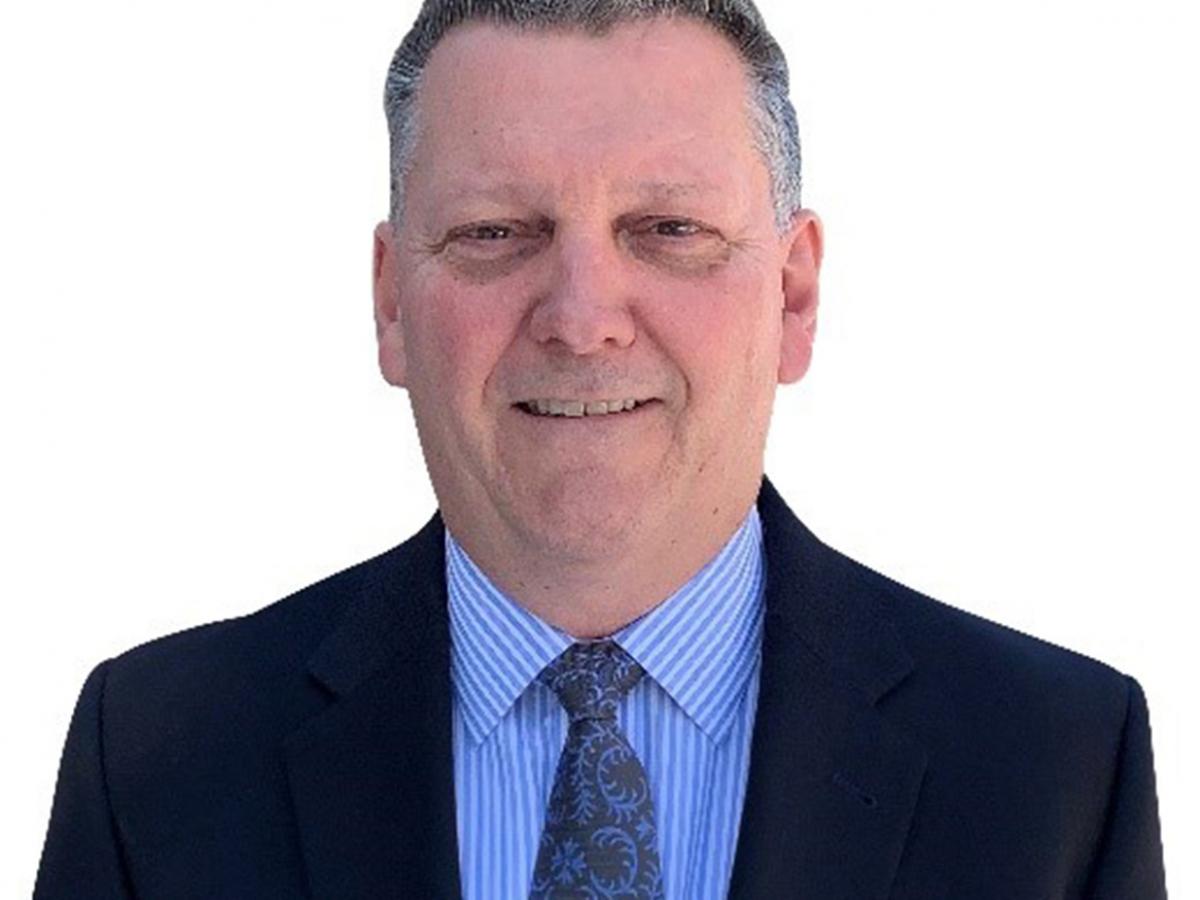
Mr Everett Anderson, Nel Hydrogen, US
Everett Anderson is Vice President of Advanced Product Development at Nel Hydrogen, where he is focused on the next generation of Nel’s proton exchange membrane (PEM)-based water electrolysis products. Primary attention is on emerging hydrogen energy, mobility, and Power-to-Gas markets using PEM megawatt-scale technology. Mr Anderson is also tasked with integrating PEM and alkaline electrolysis knowledge across the Nel organization. He joined Nel (formerly Proton OnSite) in 2000 and has more than 30 years of R&D experience in hydrogen and fuel cells. Recent positions also held by Mr Anderson included Vice President of Business Development and Vice President of Electrochemical Technology at Nel/Proton. He has authored numerous publications and been granted 6 US patents.
Green hydrogen production using low temperature water electrolysis
Nel Hydrogen is a world leader in low temperature water electrolysis with an unmatched track record providing on-site production equipment into traditional industrial and emerging energy markets for hydrogen. Nel’s product portfolio includes both large scale liquid alkaline electrolysis as well as Proton Exchange Membrane (PEM)-based systems. This presentation will discuss Nel’s roadmap to further develop and scale electrolysis to meet the growing demand for low-cost green hydrogen.
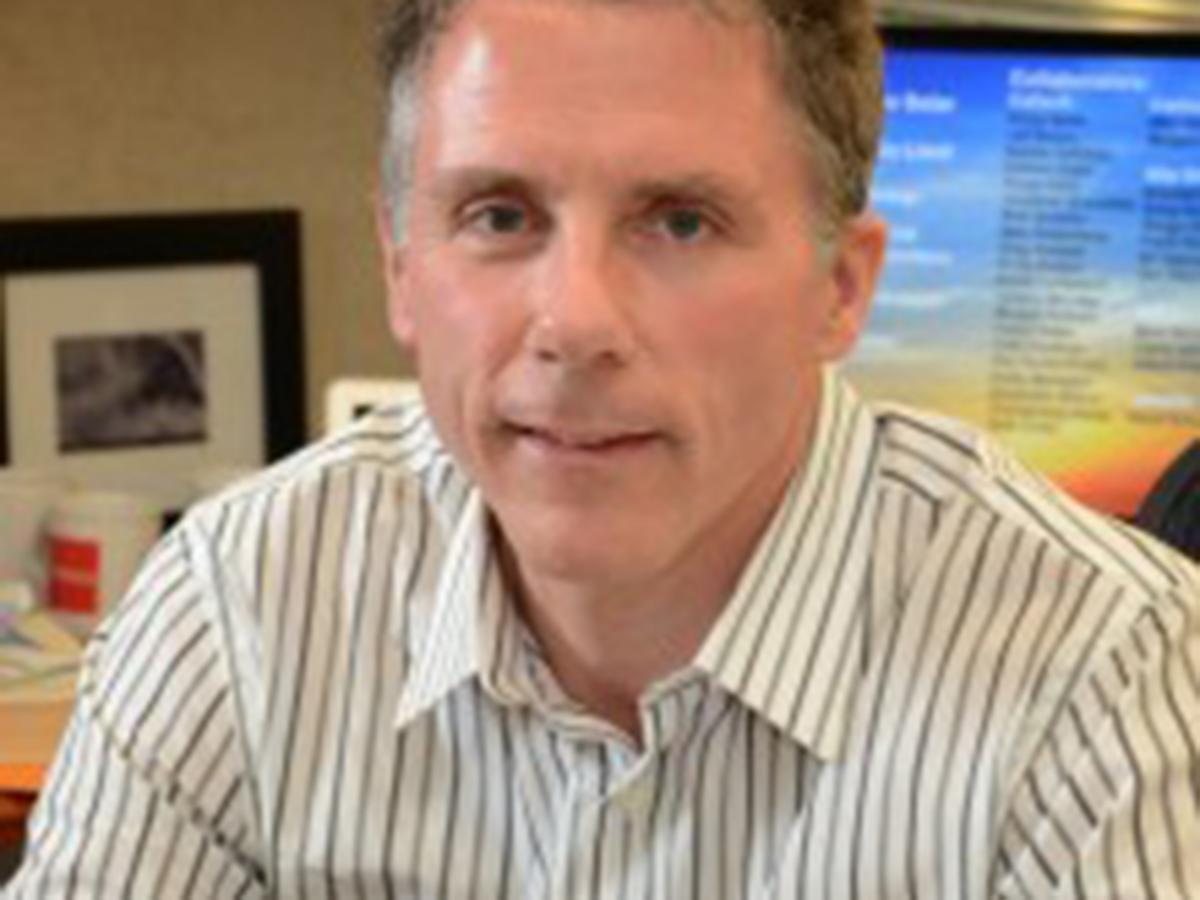
Prof Harry Atwater, Caltech, US
Prof Harry Atwater is the Howard Hughes Professor of Applied Physics and Materials Science at the California Institute of Technology. His scientific interests span light-matter interactions from quantum nanophotonics, two-dimensional materials and metasurfaces to solar photovoltaics and artificial photosynthesis. He is an early pioneer in nanophotonics and plasmonics; he gave the name to the field of plasmonics in 2001. Prof Atwater is the Director of the Liquid Sunlight Alliance, a DOE Solar Fuels Hub project, and was the founding Director of the Resnick Sustainability Institute at Caltech. He also chairs the Breakthrough Starshot Lightsail Committee and is a PI of the Caltech Space Solar Power Project.
Prof Atwater has laid the foundations for plasmonic and negative index metamaterials, as well as tunable nanophotonic materials and metasurfaces. He has pioneered principles for light management and high efficiency solar cell design. He was the co-founder of Alta Devices, a solar photovoltaics company in Santa Clara, CA that holds the current world record for 1 Sun single and dual junction solar cell efficiency and solar module efficiency.
Prof Atwater is a multi-award winning scientist and highly-cited author, having authored and co-authored over 500 publications and 60 patents. His work has been published in the most prestigious scientific journals and he is a member of a range of highly esteemed research societies.
Photoelectrochemical water splitting: Science advances, efficiency limits and translational challenges
In the last decade, significant advances have been made in design of unassisted photoelectrochemical cells for hydrogen generation such that today’s most advanced lab prototype PEC water splitting devices have solar-to-hydrogen efficiencies rivaling the solar-to-electric efficiency in photovoltaics. Prof Atwater will describe a framework for understanding PEC design for high efficiency, and will outline some of the durability and scalability challenges that need to be addressed for large-scale PEC hydrogen generation.
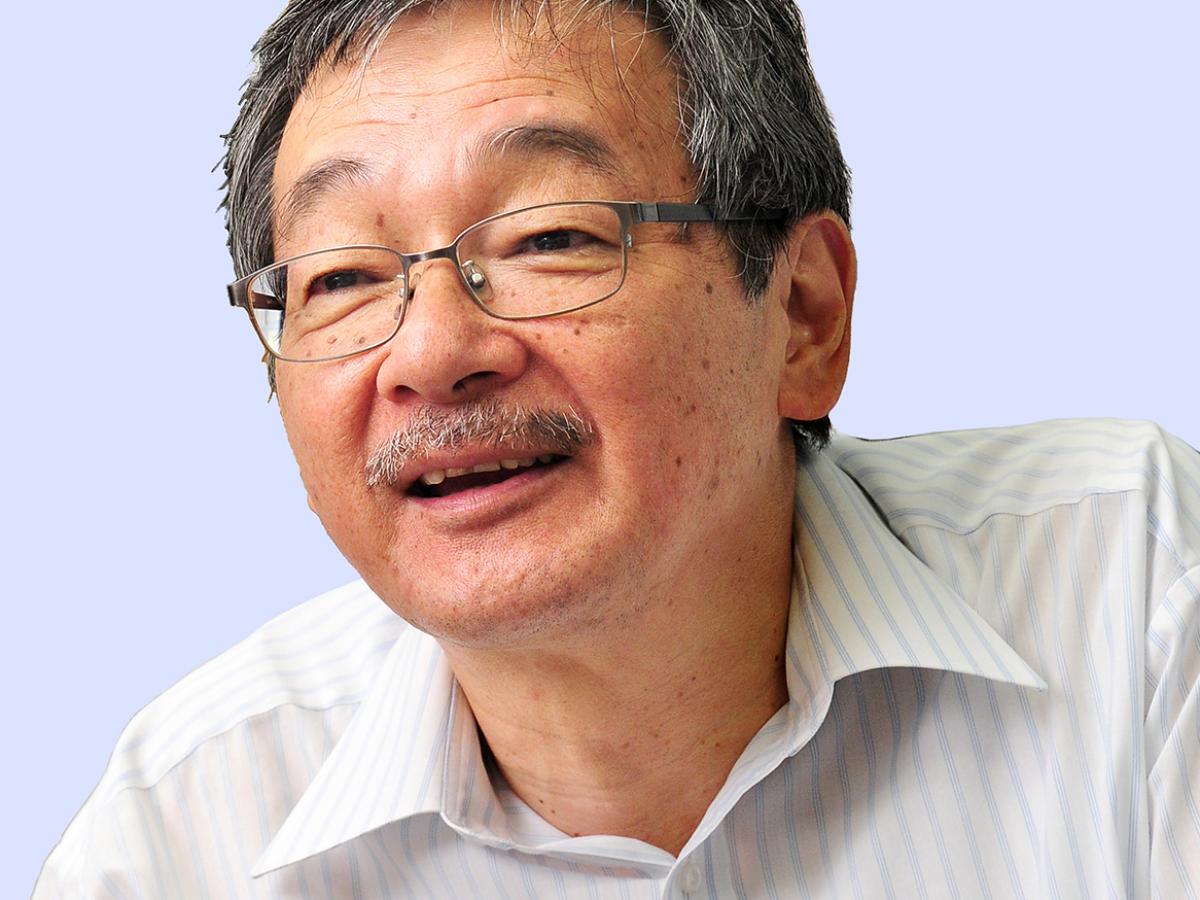
Prof Kazunari Domen, University of Tokyo and Shinshu University
Kazunari Domen is a professor at the University of Tokyo and a special contract professor at Shinshu University, Japan. He received his PhD with honours in chemistry from the University of Tokyo in 1982. Dr Domen joined the Chemical Resources Laboratory, Tokyo Institute of Technology in 1982, as Assistant Professor and was subsequently promoted to Associate Professor in 1990 and Professor in 1996. He moved to the University of Tokyo as a professor in 2004, and to a cross appointment with Shinshu University, as special contract professor in 2017.
Professor Domen has published more than 800 original and review papers with an h-index of about 130. His research interests now include heterogeneous catalysis and materials chemistry, with particular focus on photocatalytic water splitting for solar hydrogen production.
Photocatalytic water splitting for a large scale solar hydrogen production
Overall water splitting using particulate photocatalysts has been attracting attention as a means of large-scale renewable solar hydrogen production [1]. The author’s group has studied various semiconductor oxides, (oxy)nitrides, and (oxy)chalcogenides as photocatalysts. The apparent quantum yield of overall water splitting using the SrTiO3 photocatalyst has been improved to 95% in the near-ultraviolet region by refining the photocatalyst and cocatalyst preparation (Fig. 1) [2]. This quantum efficiency is the highest ever reported, indicating that particulate photocatalysts can drive the uphill overall water splitting reaction as efficiently as the photon-to-chemical conversion process in photosynthesis. In addition, the author's group has also been developing panel reactors for large-scale applications [3]. A solar hydrogen production system with a light-receiving area of 100 m2 was recently built (Fig. 2), and its performance and system characteristics including safety issues have been examined [4].
For practical solar energy harvesting, it is essential to develop photocatalysts that are active under visible light irradiation. Ta3N5 and Y2Ti2O5S2 photocatalysts are active in overall water splitting via one-step excitation under visible light irradiation [5.6]. Particulate photocatalyst sheets efficiently split water into hydrogen and oxygen via two-step excitation, referred to as Z-scheme, regardless of size. In particular, a photocatalyst sheet consisting of La- and Rh-codoped SrTiO3 and Mo-doped BiVO4 splits water into hydrogen and oxygen via the Z-scheme, showing a solar-to-hydrogen energy conversion efficiency exceeding 1.0% [7,8]. Some other (oxy)chalcogenides and (oxy)nitrides with long absorption edge wavelengths can also be applied to Z-schematic photocatalyst sheets.
In my talk, the latest progress in the development of photocatalytic materials and their reaction systems will be presented.
[1] Hisatomi et al., Nat. Catal., 2019, 2, 387.
[2] Takata et al., Nature, 2020, 581, 411.
[3] Goto et al., Joule, 2018, 2, 509.
[4] Nishiyama et al., Nature, 2021, accepted.
[5] Wang et al., Nat. Catal., 2018, 1, 756.
[6] Wang et al., Nat. Mater., 2019, 18, 827.
[7] Wang et al., Nat. Mater., 2016, 15, 611.
[8] Wang et al., J. Am. Chem. Soc., 2017, 139, 1675.
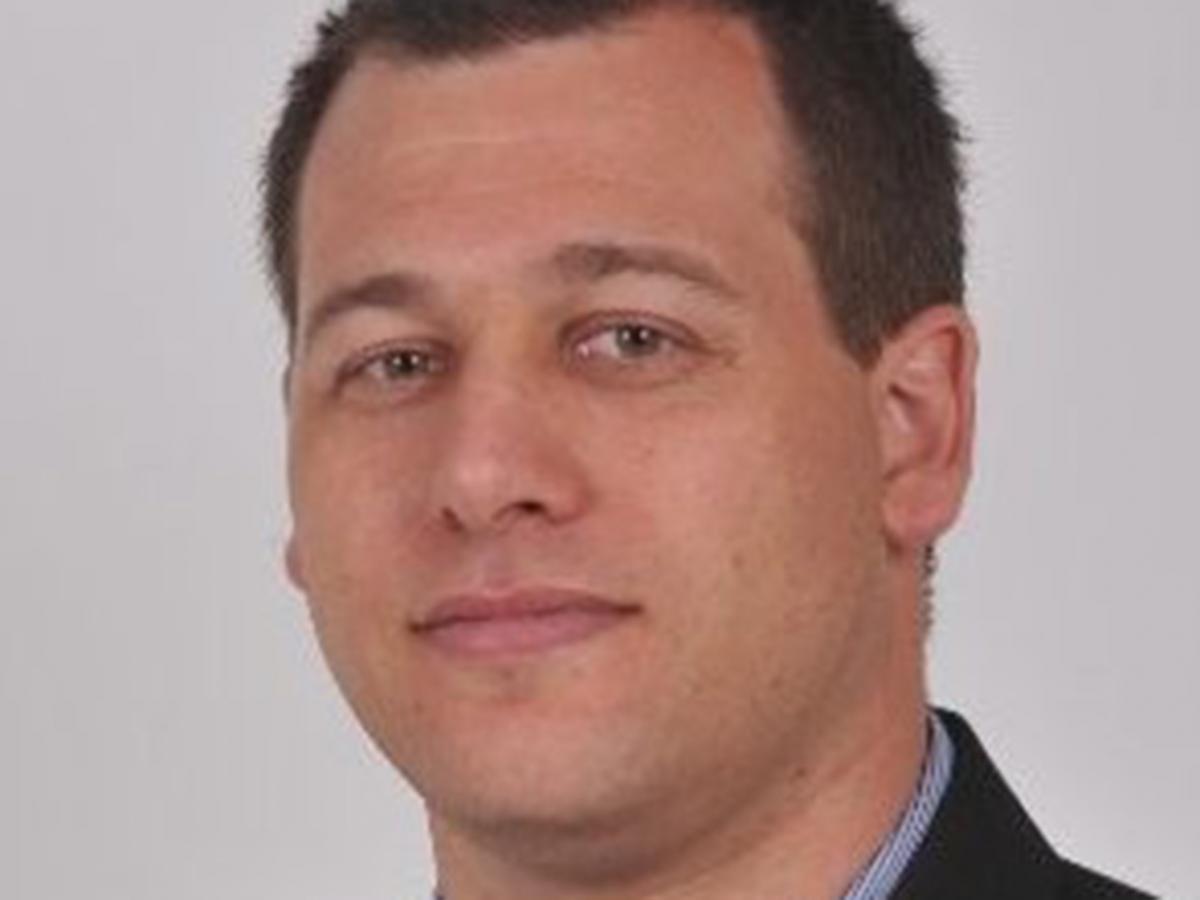
Dr Hen Dotan, H2Pro, Israel
Dr Hen Dotan, Ph.D. is CTO at H2Pro. Dr Dotan holds a PhD ("α-Fe2O3 electrodes for photoelectrochemical water splitting) and a BSc in Material Engineering (summa cum laude), and a BA in Physics (summa cum laude), all from the Technion.
Dr Dotan acted as the research manager of EMD research group in the Technion materials science department, and research assistant at LPI in EPFL, Switzerland. He is working for over 10 years in material science and engineering, water splitting and electrolysis. His academic works received awards and honours: Award winner for Outstanding Research in Nanotechnology, EMRS Best Graduate Student Award, Jacobs Outstanding Publication Award, and more.
EMD research group together with Grader research group have developed an inexpensive, environmentally friendly, and safe hydrogen production technology; Electrochemical – Thermally –Activated Chemical (E-TAC) water splitting technology. The E-TAC water-splitting technology facilitates an unprecedented energetic efficiency of 98.7% in the production of hydrogen from water and has other key advantages over water electrolysis. Based on this technology, Dr Dotan together with Prof Rothschild and Prof Grader founded H2Pro, a startup company working on converting the technology to a commercial application.
E-TAC - Efficient and economical decoupled water splitting
Green hydrogen production by coupling renewable energy sources with electrolysis is a promising route for major energy transition, reaching zero carbon emissions and mitigating climate change. Renewable power generation is already cost effective and widely available. On the other hand, electrolysis still faces significant technological challenges to improve efficiency and reduce manufacturing costs. In conventional electrolysis, the oxygen evolution reaction (OER) is a four-electron oxygen reaction which requires a considerable overpotential, leading to energy waste in the form of heat. In addition, hydrogen and oxygen are produced simultaneously in close proximity, hence a complex stack design which includes separator/membrane and sophisticated sealing are required to prevent mixing and mitigate explosion risk. The high complexity and low efficiency lead to costly hydrogen production. E-TAC (Electrochemical – Thermally activated chemical) water splitting technology holds great promise in overcoming these challenges, providing a path for low-cost green hydrogen production. H2Pro is a startup company with a clear vision of using E-TAC technology to enable 1$ per kilogram of hydrogen by 2030.

Prof Jonah Erlebacher, John Hopkins University, US
Jonah Erlebacher is Professor of Materials Science and Engineering at Johns Hopkins University, and Chief Science officer of ETCH, INC, a hydrogen production start-up being spun out of JHU. Erlebacher joined the faculty of the Whiting School of Engineering at JHU in 2000, holds a secondary appointment in the Department of Chemical and Biomolecular Engineering, and serves on the leadership committee of the JHU Ross O’Conner Sustainability Research Institute. With over 90 publications, hundreds of invited talks, and an h-index of 48, he is most well-known for his contributions to the synthesis and applications of nanostructured (porous) materials for advanced catalysts, (bio)sensing, and energy technologies such as batteries, supercapacitors, and hydrogen fuel cells. More recently, Erlebacher and his team have developed new chemistry to decarbonize natural gas, simultaneously generating hydrogen and high-value carbon materials from fossil fuels, without co-generation of greenhouse gasses.
Challenges and Opportunities in Bringing New Chemistry to Produce Hydrogen to Market
So-called “turquoise” hydrogen promises inexpensive hydrogen by direct decomposition of natural gas to hydrogen and solid carbon. The basic methodology has been around for many decades – one either uses extremely high temperatures to drive thermodynamically efficient pyrolysis, or one uses catalysts at lower temperature. At Johns Hopkins, in collaboration with ETCH, INC (a Johns Hopkins University-affiliated startup), Southern Company, and Cabot Corporation through a US DOE ARPA-E funded program, we have been exploring the first fundamentally new chemical approach to methane decomposition discovered in a long time. In our system, we employ a chemical cycle in which methane is used to reduce a metal chloride salt at moderately high temperatures to metal, hydrogen chloride, and solid carbon. When the temperature of the reactants drop, hydrogen chloride back-reacts with the metal to regenerate the chloride salt and produce hydrogen. It is a chemical cycle in which methane enters, solid carbon and hydrogen leave, and for which the net energy input equals the formation energy of methane. The cycle has the advantage of very high methane decomposition conversion rates and efficiencies. While overcoming many of the challenges in current methane decomposition technologies, new issues in implementation have inevitably arisen. In this context, we will discuss the challenges and imperatives of bringing new hydrogen production chemistry to market.
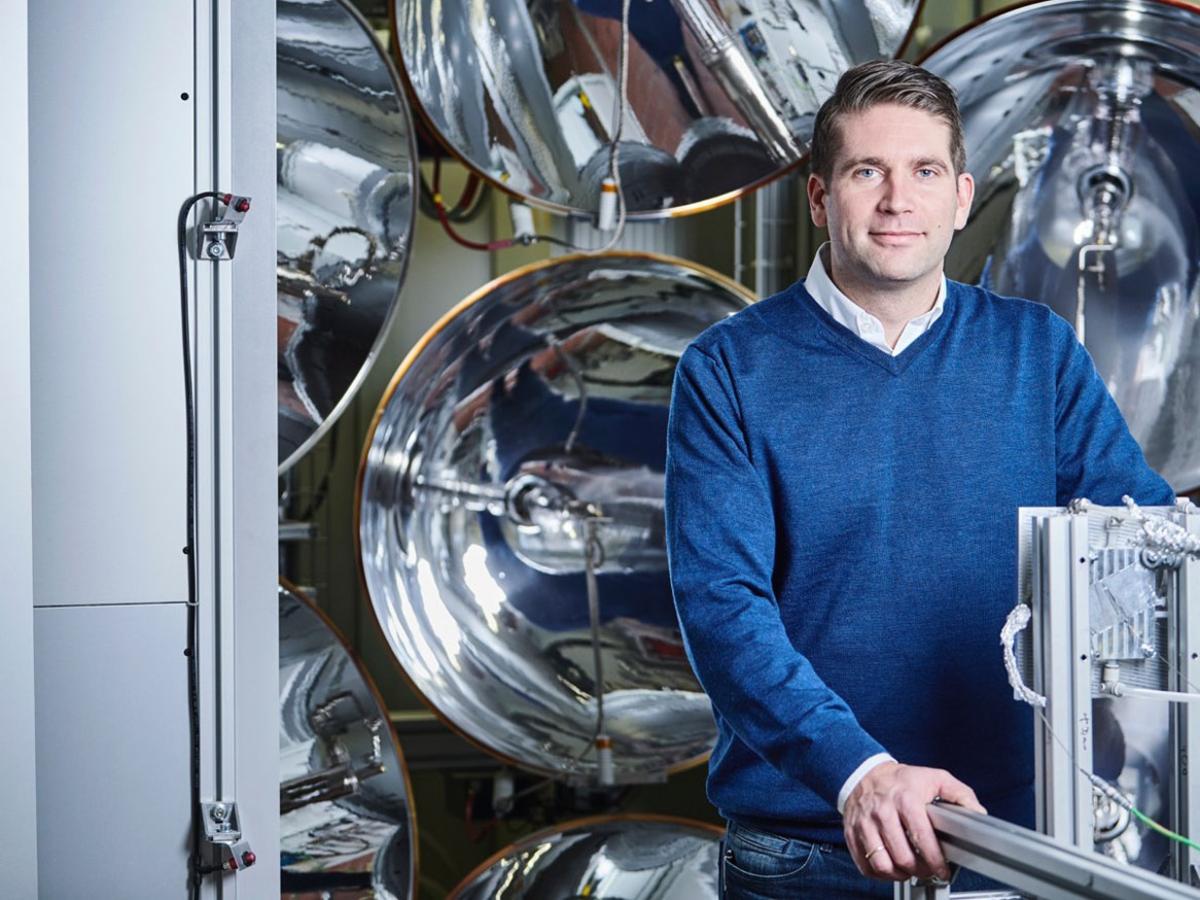
Dr Philipp Furler, Synhelion, Switzerland
Philipp is the Chief Technology Officer at Synhelion. He holds a PhD in Mechanical Engineering from ETH Zurich and an MBA from the University of Strathclyde. Philipp has more than ten years of experience in high-temperature solar chemistry and reactor engineering and has authored several scientific publications and patents. He serves as Operating Agent – Solar Chemistry Research for the International Energy Agency’s technology program SolarPACES. Prior to joining Synhelion, Philipp was a Pioneer Fellow at ETH Zurich and co-founded the ETH spin-off company Sunredox, which was acquired by Synhelion in 2018.
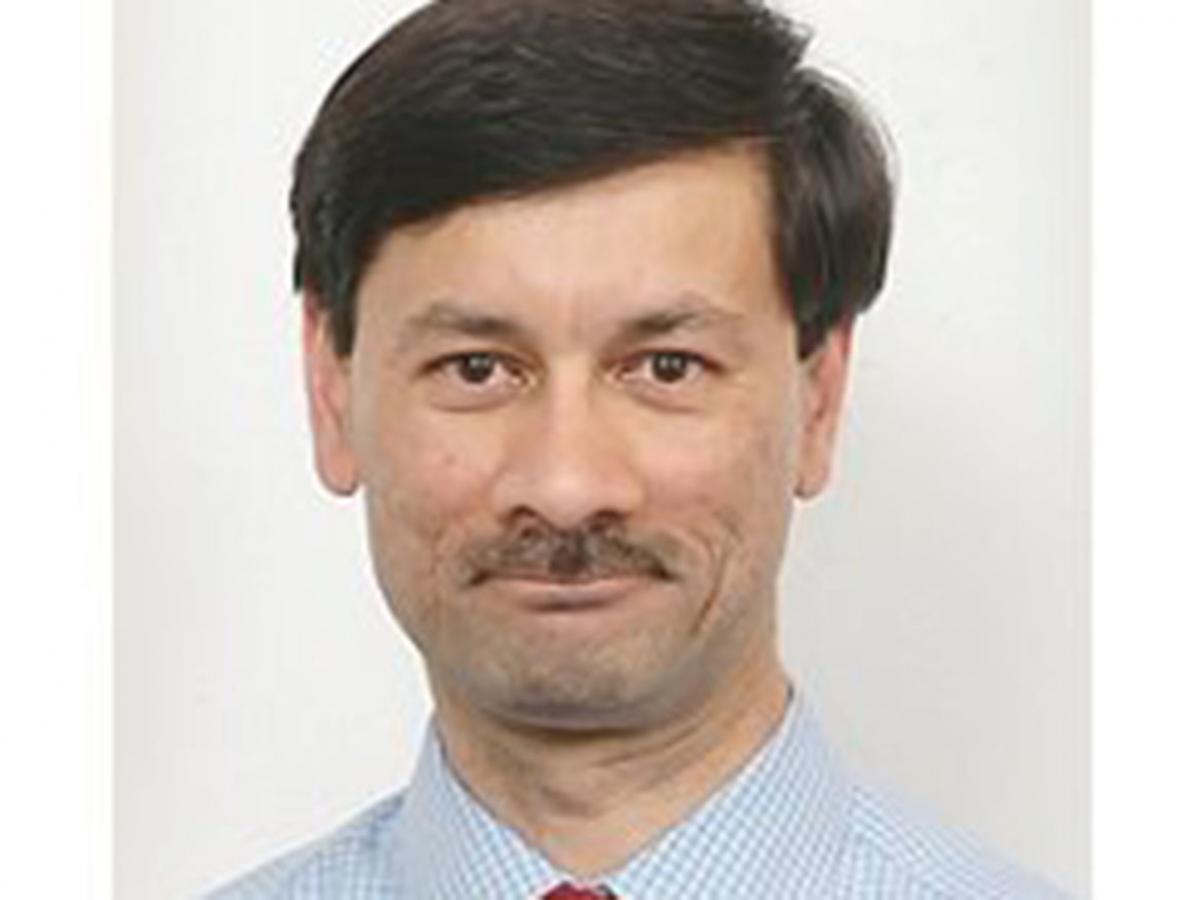
Dr Zia Haq, US Department of Energy
Zia Haq is a Senior Analyst with US Department of Energy’s Bioenergy Technology Office (BETO) working on biofuels for the aviation and marine sectors. He provides strategic support to the analysis and sustainability activities of BETO. He has been at Department of Energy (DOE) for 21 years and has over 29 years of experience in the energy sector. Prior to joining DOE, Zia worked at Southern Company Services, in the area of coal gasification. He has a BS in Chemical Engineering from Northwestern University and an MS in Chemical Engineering from Johns Hopkins University.
Assessment of potential hydrogen supply and demand for biofuels and synthetic fuels in the US
The US Department of Energy has conducted detailed assessments of the potential for renewable hydrogen to supply various markets. These reports and underlying data are publicly available. Research and development activities are on-going to produce hydrogen and biofuels from renewable resources, with the objective of reducing greenhouse gas emissions from the transportation sector. The markets that are of current interest include difficult to decarbonize sectors such as aviation, marine, and heavy duty road transport. Key results from these analysis reports will be presented.
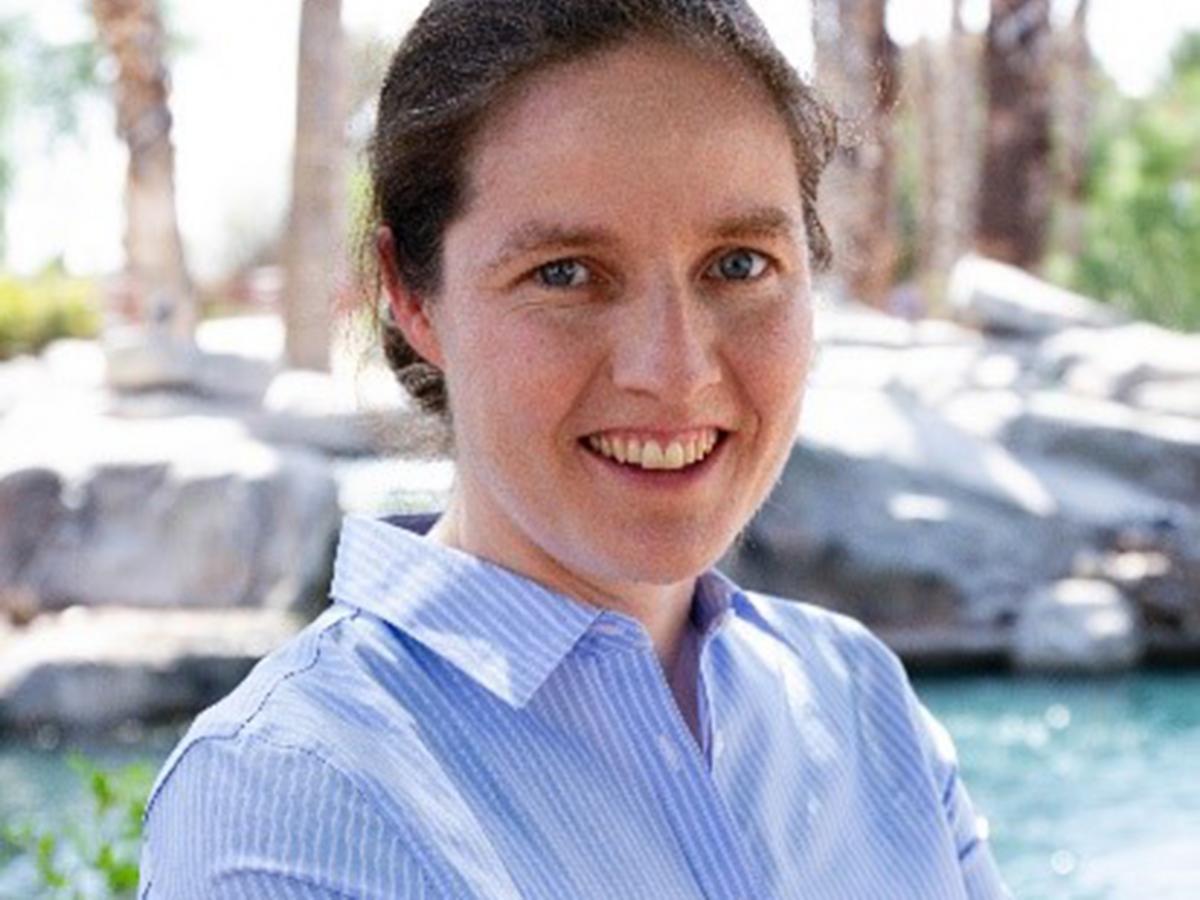
A/Prof Sophia Haussener, EPFL, Switzerland
Sophia Haussener is an Associate Professor heading the Laboratory of Renewable Energy Science and Engineering at the Ecole Polytechnique Fédérale de Lausanne (EPFL). In 2010, she received her PhD in Mechanical Engineering from ETH Zurich. Between 2011 and 2012, she was a postdoctoral researcher at the Joint Center of Artificial Photosynthesis (JCAP) and the Energy Environmental Technology Division of the Lawrence Berkeley National Laboratory (LBNL). She has published over 70 articles in peer-reviewed journals. She has been awarded the ETH medal (2011), the Dimitris N. Chorafas Foundation award (2011), the ABB Forschungspreis (2012), the Prix Zonta (2015), the Global Change Award (2017), and the Viskanta Award (2019), and is a recipient of a Starting Grant of the Swiss National Science Foundation (2014).
Modelling and demonstration of a scaled photo-electrochemical co-generation system
Solar energy is the most abundant renewable energy resource and is versatile enough to be converted to heat and electricity, or to drive photo-, thermal-, and/or electrochemical processes (or combinations thereof).
We have developed a thermally integrated photo-electrochemical water splitting device and process, which we have demonstrated at the 30 W lab-scale and subsequently scaled to a ~20 kW demonstrator-scale system. I will review the lab-scale device design process, which incorporated the development of complex transient multi-dimensional models, and highlight some performance metrics in the experimental demonstration under controlled conditions. I will then discuss our approach to scaling the device towards a system that includes tailored auxiliary components. I will show our modelling activities for the scaled system, helping to understand the coupled system dynamics, as well as design decision and demonstration activities. I will review the performance of the system operated on-sun, under varying operational conditions (for example, summer vs. winter) and highlight how this system best be operated as co-generation system. Finally, I will show that the same design approaches can also be used for other chemical reactions, such as photo-electrochemical CO2 reduction.
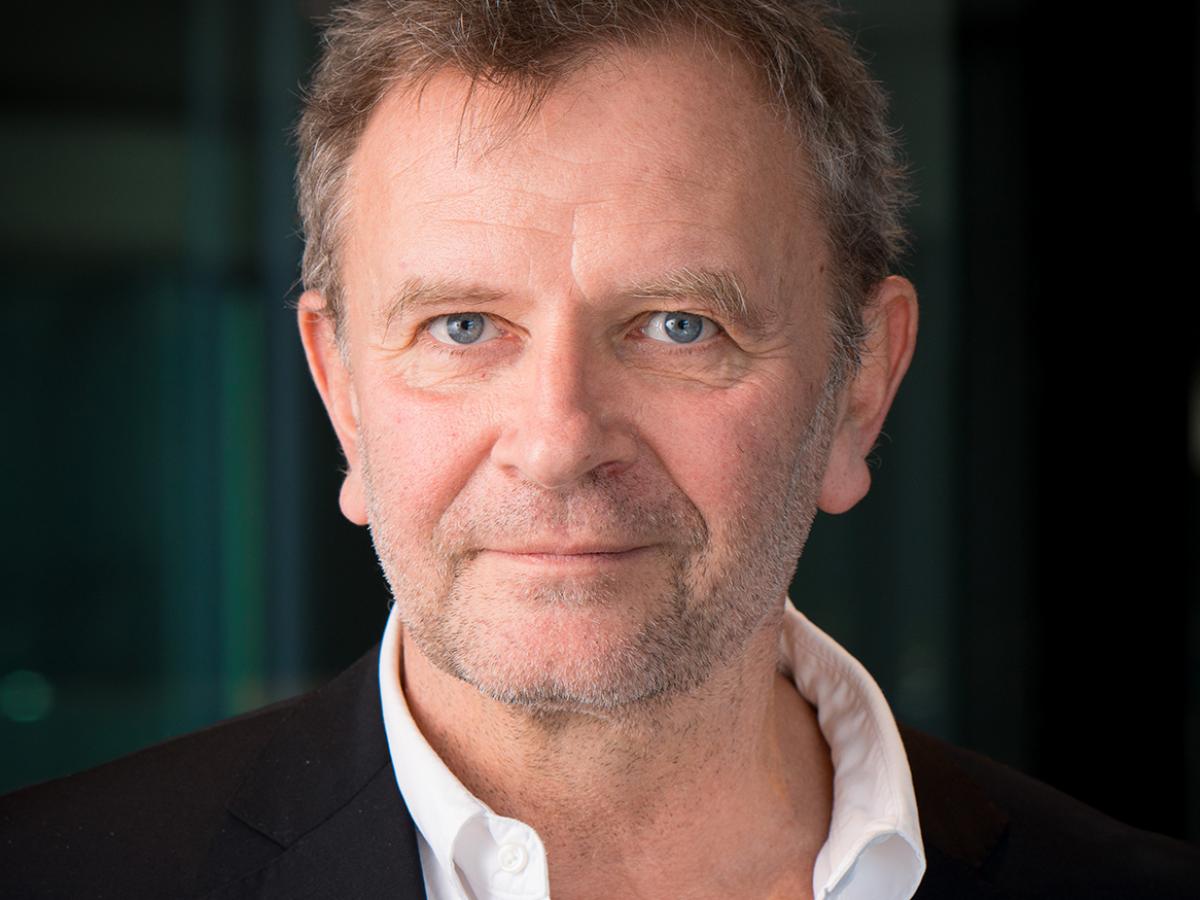
Mr Jean-Louis Kindler, Ways2H, US
Jean-Louis Kindler is CEO of Ways2H, a leading commercial provider of Waste-to-Hydrogen solutions for mobility and grid applications. Jean-Louis and his team are developing projects that transform the world’s worst waste - MSW, plastics, medical refuse - into clean energy and fuel.
A 30-year veteran of the cleantech industry with work experience in Europe, Asia and North America, Jean-Louis led the development of various technologies including electrochemical water treatment, bio-based waste-to-energy as well as fuel cell components manufacturing.
Hydrogen from Waste: Challenges, successes and business cases
Hydrogen production from waste gasification would seem to be a natural pathway, solving two problems with one solution. However, adoption is slow, as the industry is handicapped by some highly mediatized projects that did not meet the expected success. Recent developments from industry stakeholders, along with innovative business models, are, however, paving the way for these technologies to build their true place in this emerging sector.
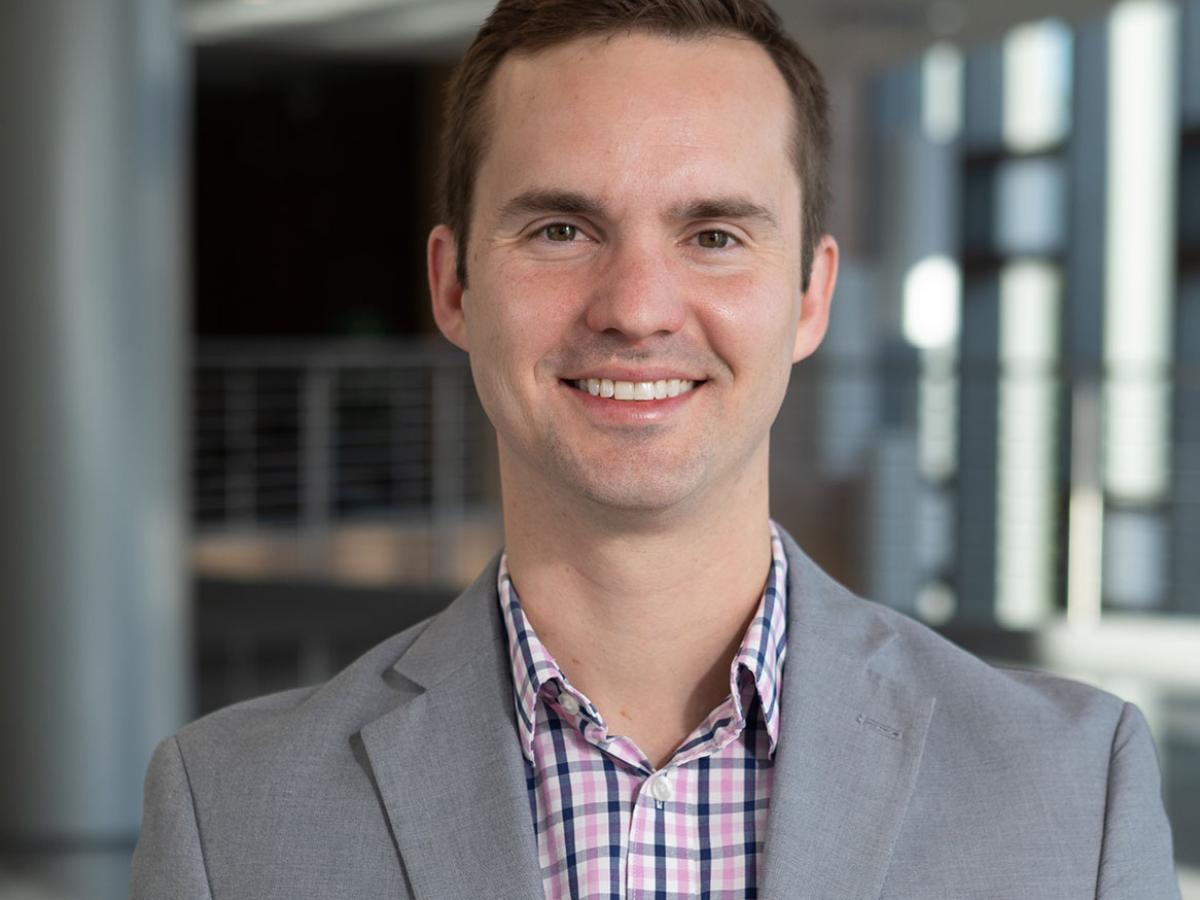
Mr Chris Mesrobian, Monolith Materials, US
Chris Mesrobian has spent 15 years developing fluid-thermal systems from concept to commercial scale. His experience crosses industries (aircraft design to nanomaterial manufacturing) and company types (government contractor to early-stage startup). Chris joined Monolith Materials in 2015, as an engineer at the early stages of the company. He has been hands-on developing Monolith’s technology from lab to commercial scale. Chris is currently the Director of Technology. He received his B.S. (2007) and M.S. (2009) in Engineering Mechanics from Virginia Polytechnic Institute and State University (Virginia Tech).
Methane Pyrolysis at Commercial Scale: From Lab to Industrial Plant
Monolith Materials has developed a proprietary methane pyrolysis technology using renewable electricity to transform natural gas into vital everyday materials including carbon black, hydrogen, and ammonia in a way that is clean and environmentally responsible.
In 2015, Monolith began producing carbon black and hydrogen at its Demonstration facility along California’s San Francisco Bay. Over the next three years, the company operated the plant, demonstrated yield and produced customer samples to ultimately prove the technology for scale-up.
In 2020, Monolith finished construction of its first commercial facility and is currently starting up the world’s largest methane pyrolysis plant. At full expansion, the facility will use 100% renewable electricity to produce 190,000 tons of Carbon Black and 275,000 tons of carbon-free anhydrous ammonia. This facility alone will reduce nearly 1 million tons of CO2 per year from entering the atmosphere.
This seminar will review the development of Monolith Material’s technology and scale-up from lab scale to industrial plant. It will highlight the challenges overcome during scale-up and the incredible GHG reduction this technology will provide across multiple, hard-to-decarbonize sectors.
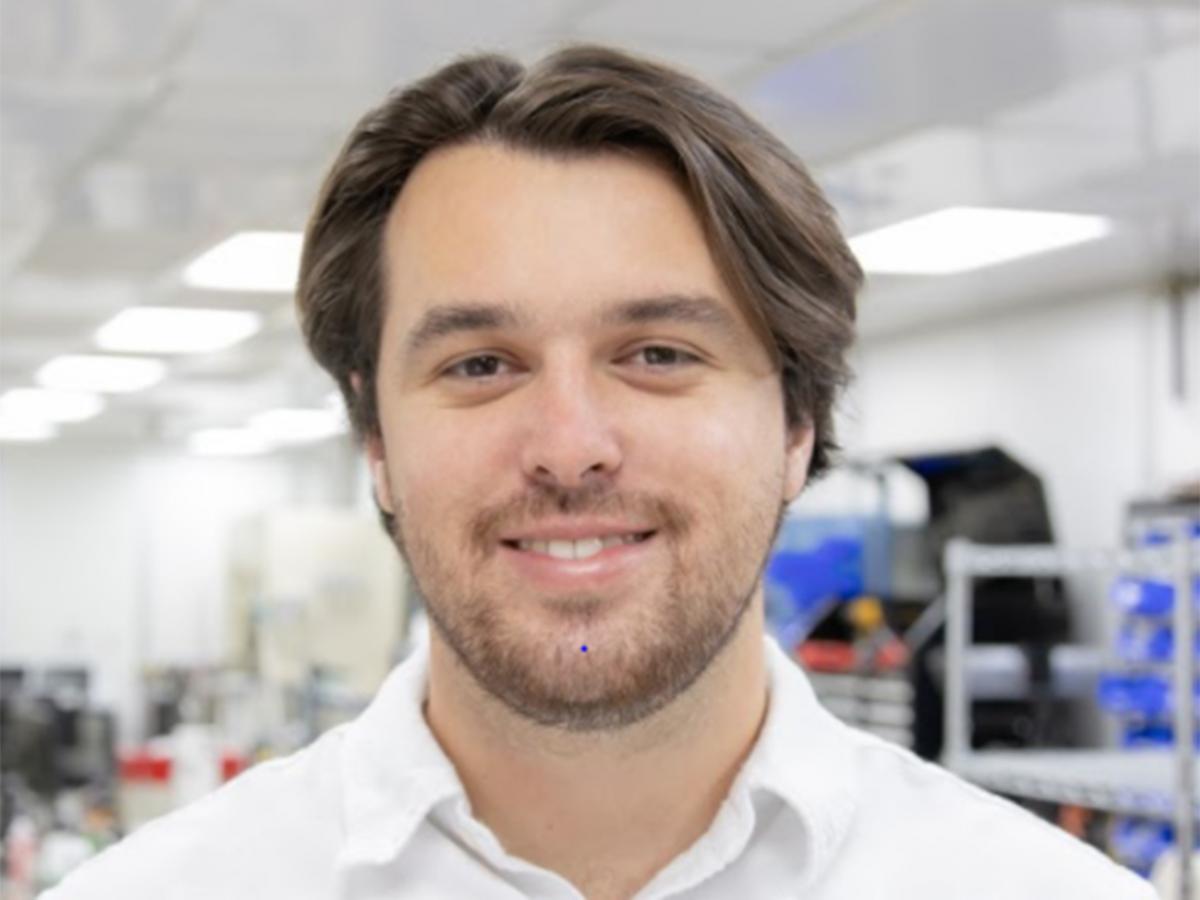
Dr Brett Parkinson, CZero, US
Brett Parkinson holds a PhD in Chemical Engineering from Imperial College, London. He has more than 5 years’ experience working in high-temperature hydrocarbon chemistry and reactor design in molten salt and molten metal systems. Dr Parkinson has authored several scientific publications, a textbook chapter and over a dozen provisional patent applications for the conversion of natural gas to low-CO2 hydrogen. He is currently a Senior Engineer at CZero, an organization commercialising a proprietary process for transforming natural gas into CO2-free hydrogen and a solid carbon co-product in high temperature molten bubble columns. C-Zero just completed an $11.5M series A funding round co-led by Breakthrough Energy Ventures and Eni Next, with participation from Mitsubishi Heavy Industries (MHI) and AP Ventures to commercialise this technology.
Methane pyrolysis in molten-liquid systems: Fundamental challenges and scaleup perspectives
The energetics of low-CO2 hydrogen from natural gas routes are presented and the advantages of CH4 pyrolysis routes discussed. The fundamental challenges of methods of heat addition, heat integration and carbon removal across technological platforms are described in detail. The major technical barriers to commercialization of molten liquid based systems are explored, and further progress in CZero's scale-up of the technology presented.
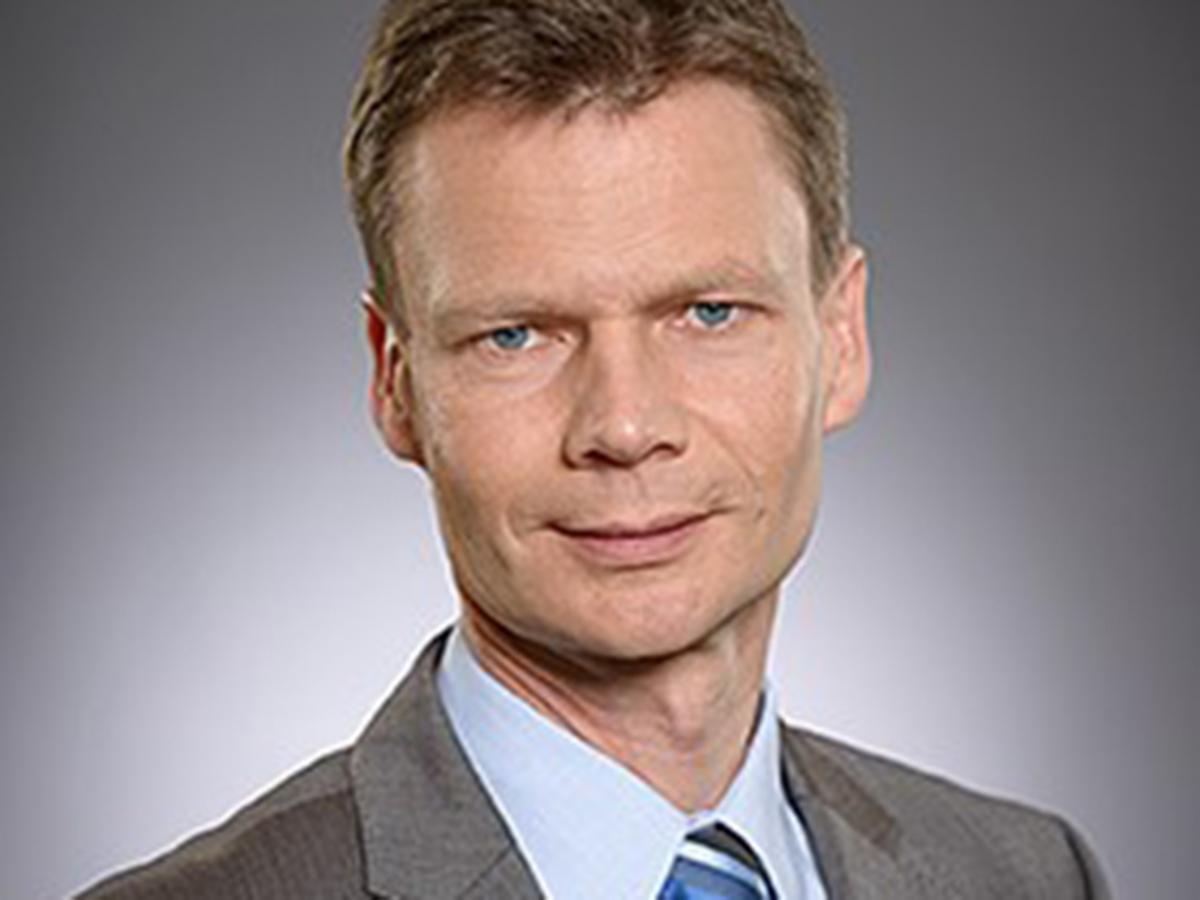
Dr Oliver Posdziech, Sunfire GmBH, Germany
Dr Oliver Posdziech is Vice President, Large Systems Development for Sunfire GmbH, in Dresden, Germany. Dr Posdziech had a diploma in fluid mechanics and thermodynamics from the Technical University of Dresden, and a PhD in fluid mechanics. He started working in the field of high temperature fuel cells SOFC in 2002. He joined Sunfire in 2011, responsible for SOEC electrolyser systems development. From 2021, he also became responsible for alkaline stack and system development.
Technology and Applications of SOEC Electrolysis
With its roadmap for moving to a competitive low-carbon economy in 2050, the European Commission sets greenhouse gas emissions targets for different economic sectors. To achieve international energy and climate policy goals, renewable molecules are required for the replacement of today’s used fossil resources. Using a Solid Oxide Electrolyser Cell (SOEC), Sunfire offers the opportunity to use green electricity as a renewable feedstock for industry and mobility.
Electrolysers based on SOEC are an upcoming technology which are not as mature as the low-temperature counterparts. Nevertheless, due to its outstanding high efficiency and capability of producing syngas via a co-electrolysis of steam and CO2, the SOEC has a very high economic potential if steam or waste heat are available. With a couple of large-scale demonstration projects for both pure steam- and co-electrolysis, Sunfire performs pioneering work in the field of high-temperature electrolysis.
The presentation will provide an overview on the technical background of SOEC, its development status and will summarize the most promising applications. Here, three sectors are addressed, where Sunfire electrolysers are installed. This comprises iron & steel work with the target of replacing blast furnaces by Direct Reduced Iron (DRI process) with hydrogen as reduction agent, the shift form fossil to renewable hydrogen in refineries and finally the generation of renewable fuels (e-Fuel) using the Power-to-Liquid technology.
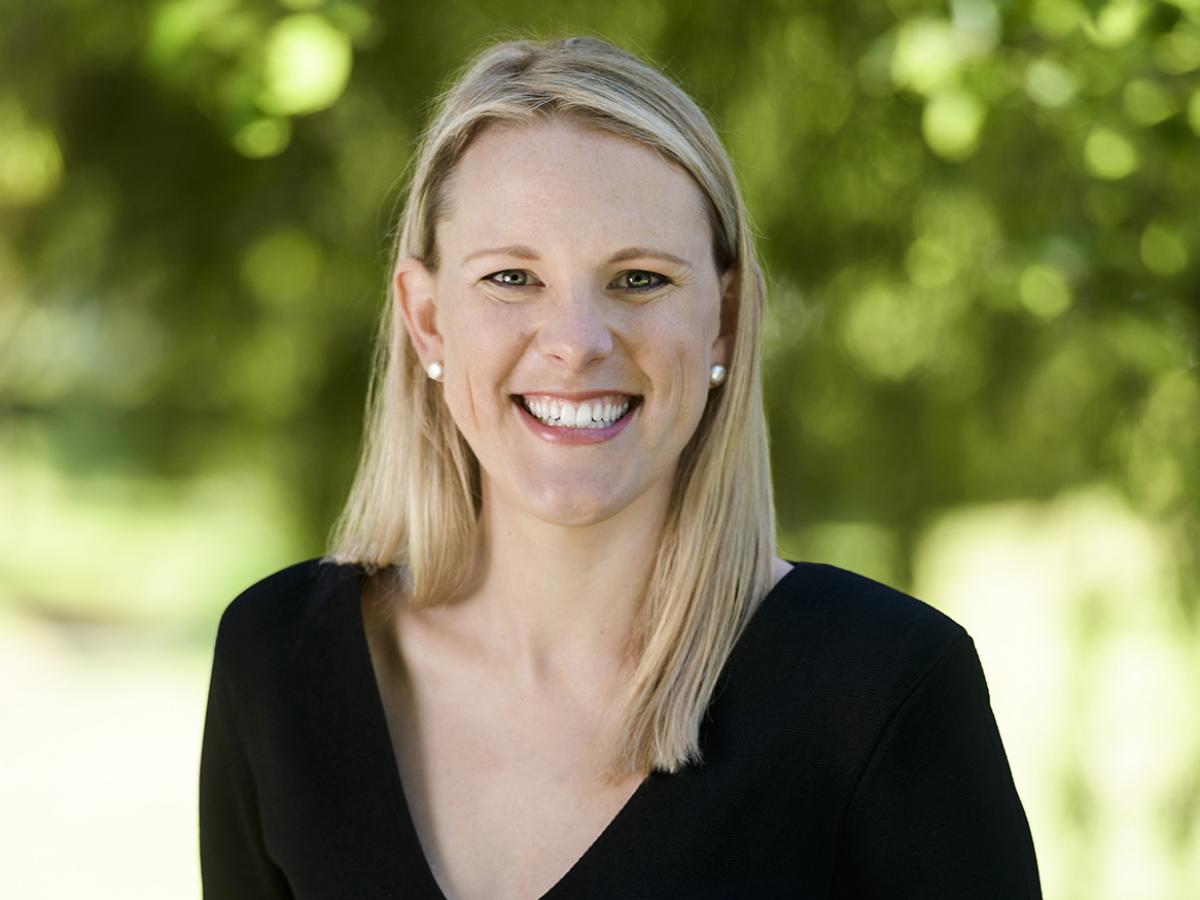
Ms Kristin Raman, Australian Gas Infrastructure Group (AGIG)
Krissy Raman leads strategy and innovation for one of Australia's largest gas infrastructure businesses - Australian Gas Infrastructure Group (AGIG). A key part of her work is focussed on implementing the long-term vision for the decarbonisation of AGIG’s infrastructure through renewable gases such as hydrogen and biomethane.
At AGIG, Krissy has played a key role in the development and delivery of several renewable gas projects such as Hydrogen Park South Australia, Hydrogen Park Gladstone and Hydrogen Park Murray Valley, including through the related stakeholder and community engagement programs. She also holds responsibility for AGIG’s internal communications.
Krissy has close to 15 years’ experience in the energy industry, including across economic regulation, policy and energy forecasting. She holds degrees in Chemical Engineering (honours) and Finance.
Delivering the Future of Gas
Australian Gas Infrastructure Group (AGIG) is one of Australia’s largest gas infrastructure businesses and the country’s largest gas distributor. Krissy will provide an overview of AGIG’s Low Carbon Strategy and the key role of hydrogen is already playing – and will continue to play – in achieving it.
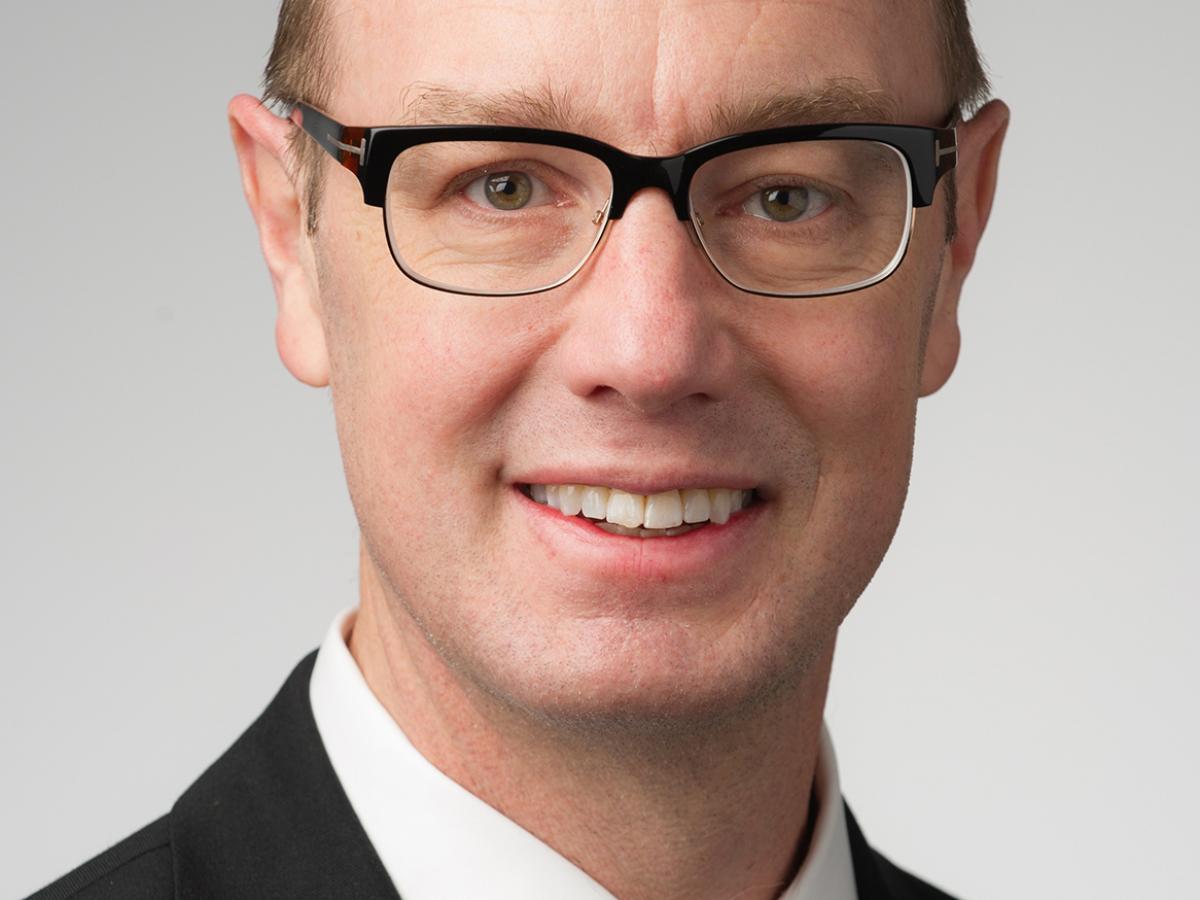
Mr Mark Ruth, National Renewable Energy Laboratory (NREL), US
Mark Ruth is the Manager of the Industrial Systems and Fuels Group in the Strategic Energy Analysis Center at the National Renewable Energy Laboratory (NREL) in Golden, Colorado, USA. In that role, Mark leads a group of analysts investigating opportunities to improve energy use in the industrial and transportation sectors. Mark is also leading the multi-laboratory effort to analyse the technical and economic potential of the H2@Scale concept. Mark is also leading analyses of the economic potential to convert existing nuclear power plants to flex between electricity and hydrogen production. Previously, he led an analysis of the optimal configurations and operation of greenfield, tightly-coupled nuclear-renewable hybrid energy systems. Over Mark’s 27 years at NREL, he has an extensive history of developing methods to value opportunities in the energy sector as well as technical analyses of hydrogen and bioenergy systems.
The Technical and Economic Potential of Hydrogen within the United States
Hydrogen markets have an opportunity to grow as its value as an energy intermediate increases. Hydrogen’s estimated serviceable consumption potential in the United States is 106 MMT/yr which is a ten-fold increase over the current market size. That opportunity is driven primarily by increased demands for metals refining, biofuel and hydrocarbon production, supplementing the natural gas system, seasonal storage for the electricity grid, and fuel cell electric vehicles. The U.S. has many renewable, nuclear, and fossil resources that each could meet that demand itself. The economic potential, which considers both costs to produce hydrogen and willingness of applications to pay for it, is 22 to 41 MMT/yr. The range is impacted by factors that impact the cost to produce including the price of natural gas and the cost of electrolyzers. It is also impacted by competition to provide the same services as hydrogen including electrification.
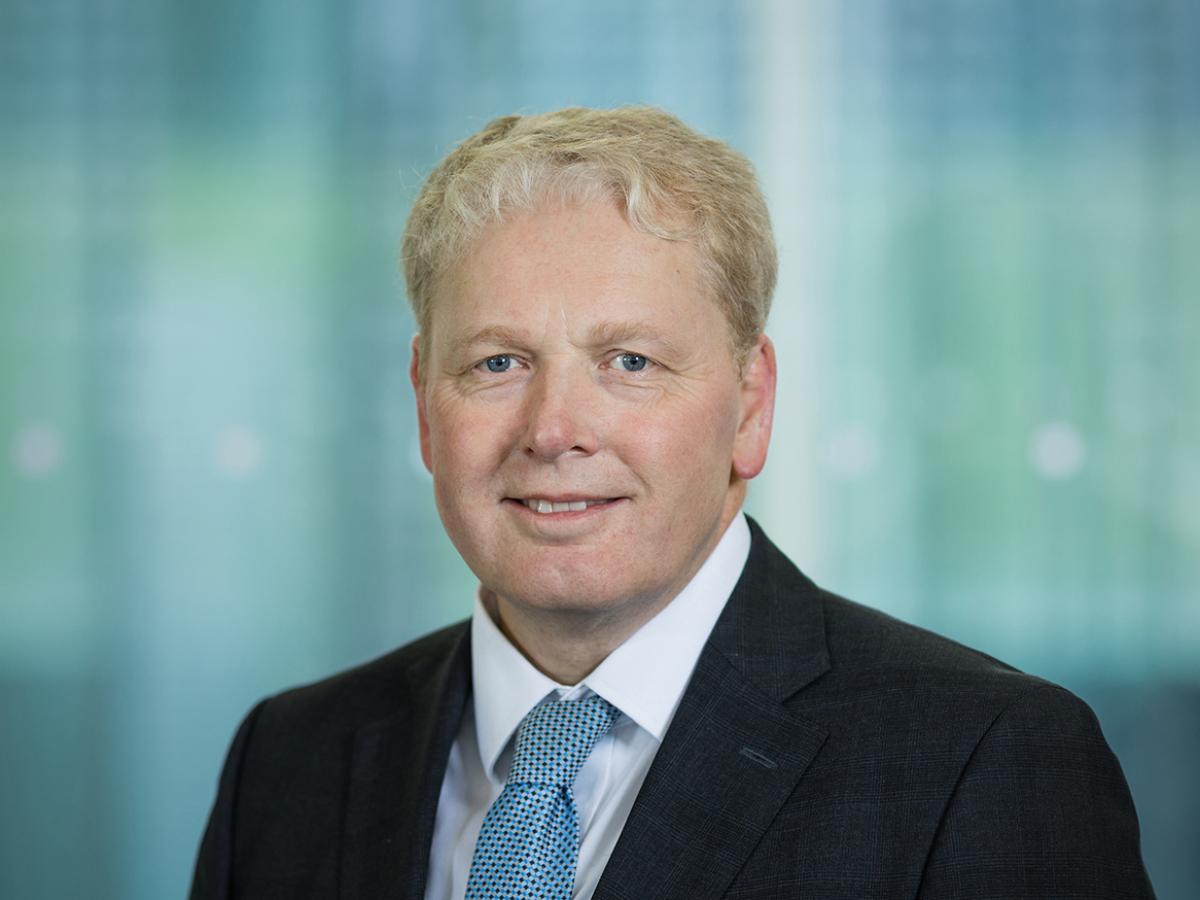
Prof Christian Sattler, German Aerospace, DLR
Prof. Dr. Christian Sattler studied chemistry at the University of Bonn, Germany. He is director of the German Aerospace Center’s Institute of Future Fuels and professor for solar fuel production at the Technical University of Dresden, Germany. He serves as vice president of the association Hydrogen Europe Research representing the European research institutions in the European Joint Undertaking for Fuel Cells and Hydrogen. He is the national representative to tasks of the IEA’s SolarPACES and Hydrogen Implementing Agreements and member of the ASME’s Clean Energy Technical Group.
Progress on sulfur cycles
Sulfur based thermochemical cycles were developed to store nuclear energy in hydrogen in the 1970s and 1980s. Because of low energy prices they were never industrially realized. Today CO2 emission free processes are sought-after not only to store energy but to operate industrial processes. Therefore, sulfur cycles are even more interesting than 40 years ago as they can be integrated into minerals and metals processing where sulfur is available. They can be operated by concentrated solar energy that will provide the necessary heat at about 850 °C. The presentation will give an update on the available reactor technology and on the analysis how a solar heated sulfur cycle can be coupled to an ore processing facility efficiently. An outlook will be given on the next development steps and on how to implement the technology in industry.
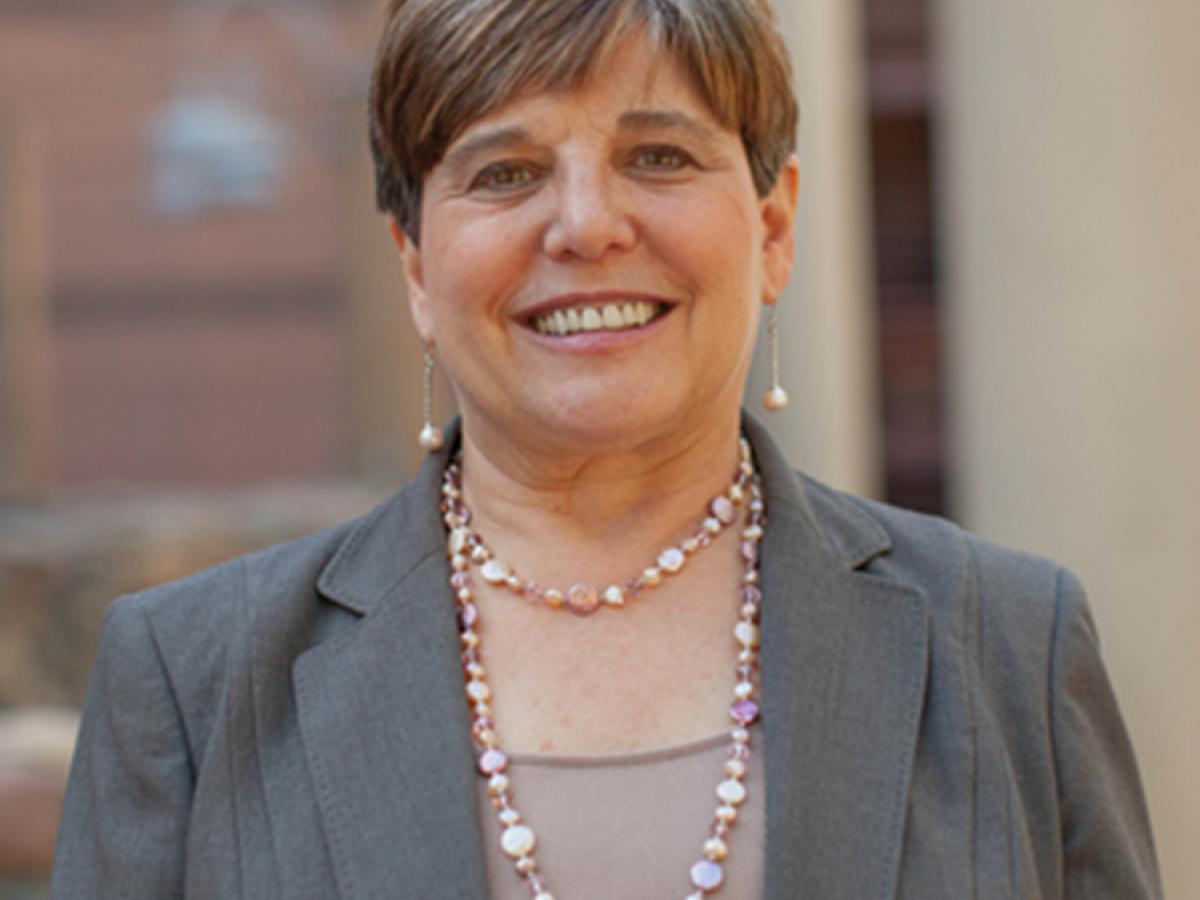
Prof Ellen B. Stechel, Arizona State University, US
Ellen B. Stechel is Co-Director, ASU LightWorks®; Professor of Practice, Molecular Sciences; and Senior Sustainability Scientist, Julie Ann Wrigley Global Futures Lab, and Fellow in the Institute for the Future of Innovation in Society. She has built and coordinated research programs at a national laboratory, in the automotive industry; at a U.S. government agency; and now in academia. Her current research focuses on materials and systems design for concentrating solar technologies for producing sustainable liquid hydrocarbons from carbon dioxide, hydrogen from advanced water splitting, clean water, renewable ammonia, and for thermochemical energy storage. Dr Stechel holds numerous positions of an advisory or editorial capacity, nationally and internationally, and has published over 100 peer reviewed articles. Recently a project team, in which she is a co-PI, won the U.S. Department of Energy 2021 R&D award for Hydrogen Production Technologies.
Redox-Active Metal Oxide Materials and Reactor: Thermochemical Water Splitting Cycle
High temperature endothermic reduction of redox-active metal oxides that can exchange oxygen between the solid and the gas phase at achievable conditions (where what is achievable remains an open question for the field), converts thermal energy to stored chemical energy. A subsequent re-oxidation step either recovers the stored energy as heat or utilizes it to drive other chemical reactions. If the re-oxidation step restores the material to its original state so that the two-steps can repeat indefinitely, the sequence of reactions constitutes a thermochemical cycle. Two related processes (reversibly re-oxidizing with oxygen or affecting bond breaking by re-oxidizing with CO2 and/or water) are somewhat analogous; the production of energized carriers (H2 and/or CO) is significantly more constrained by thermodynamics and hence subject to greater challenges for achieving high efficiency and low cost.
This presentation will discuss new revelations in the thermodynamics, operating conditions, and reactor design for the redox-active metal oxide water splitting cycle.
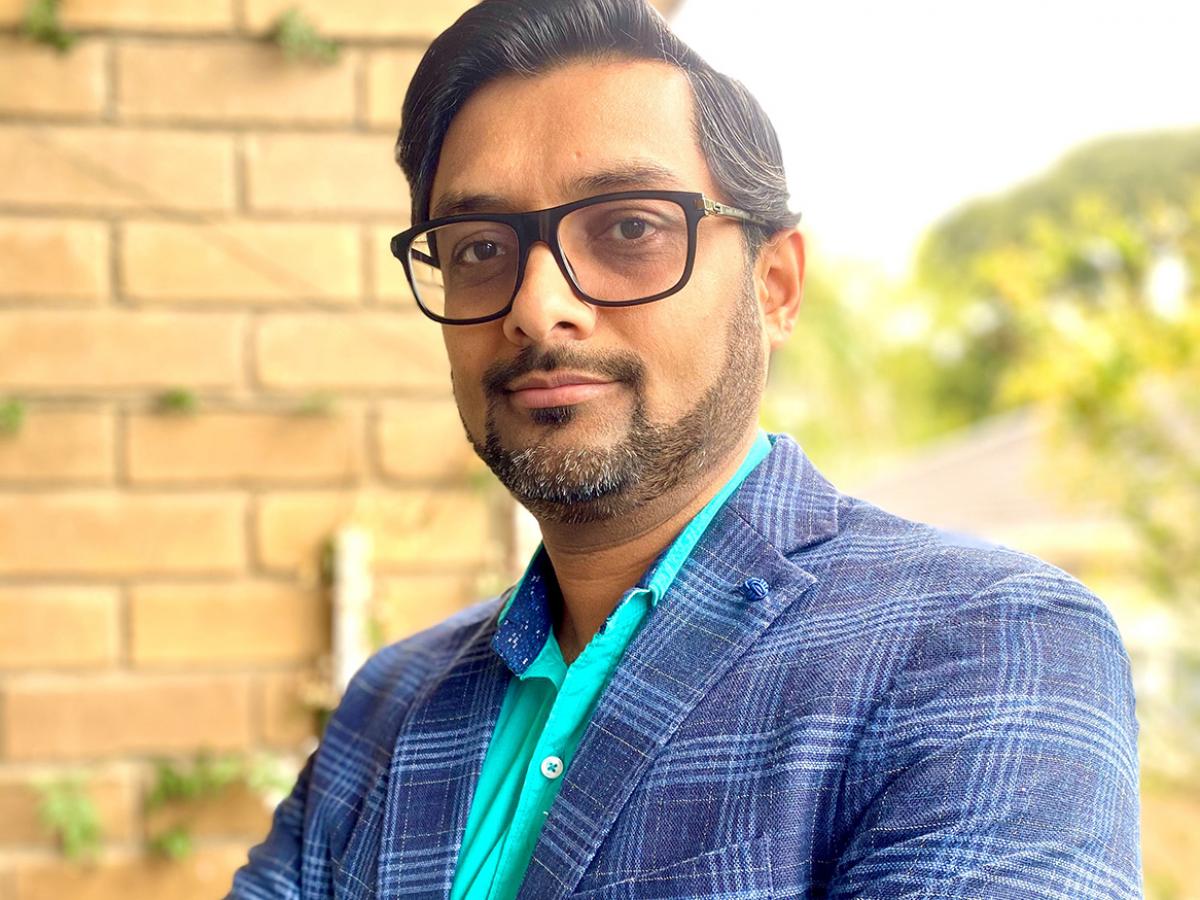
A/Prof Akshat Tanksale, Monash University, Vic
Associate Professor Akshat Tanksale, is the Carbon Theme Leader of Woodside Monash Energy Partnership at Monash University. He completed his PhD at The University of Queensland (UQ) in 2008 examining reaction engineering and nanomaterials as catalysts for hydrogen production from sugar rich feedstock. This was followed by a postdoctoral position at UQ examining the conversion of biomass into hydrogen, liquid fuels and chemicals, and hydrogen storage. Joining Monash University in 2011, A/Prof Tanksale leads the Catalysis for Green Chemicals group where his interest is in the field of heterogeneous catalysis for conversion of CO2, and biomass into fuels and chemicals using nanomaterials as catalysts. A/Prof Tanksale is a Fellow of Institution of Chemical Engineers (IChemE) and the winner of the 2018 Caltex Award for Excellence in Chemical Engineering.
Hydrogen production from microalgae via reactive flash volatilisation
Meeting the increasing global energy demand while transiting to net zero carbon emission one of the grand challenges of this century. Hydrogen is widely regarded as a potential solution. However, at present, 96% of the H2 is produced from fossil fuels. Hydrogen production from bioresources and waste is a viable alternative. Microalgae is one of the leading candidates to produce renewable hydrogen due to its ability to grow in brackish water, high CO2 uptake and fast growth cycle. However, dewatering and char and tar accumulation during gasification limits its industrial application. Here we propose a solution in which catalytic reactive flash volatilisation (RFV) eliminates the need for dewatering and results in tar free syngas.
In this work, catalytic RFV of microalgae (Scenedesmus sp.) was performed using steam as a gasifying agent to produce hydrogen-rich syngas. Scenedesmus sp. was selected due to its high CO2 tolerance.
In the presence of Ni-Rh/Al2O3 catalyst at 650°C and Carbon to Steam ratio of 0.12, H2 rich (65% (v/v)) syngas was generated. Gasification efficiency of 85% was achieved without tar formation.
A detailed ASPEN Plus® flowsheet model was developed to perform technoeconomic and life cycle assessments of hydrogen production. A plant located in India, processing 12790 kg/h of microalgae to produce 1350 kg/h of H2 was considered. The results indicated that a payback period of 3.78 years, with 22% IRR was achievable at the current hydrogen price of $10/kg. The life cycle climate change impact was 7.56 kg CO2-eq./kg H2, which was lower than the current processes.
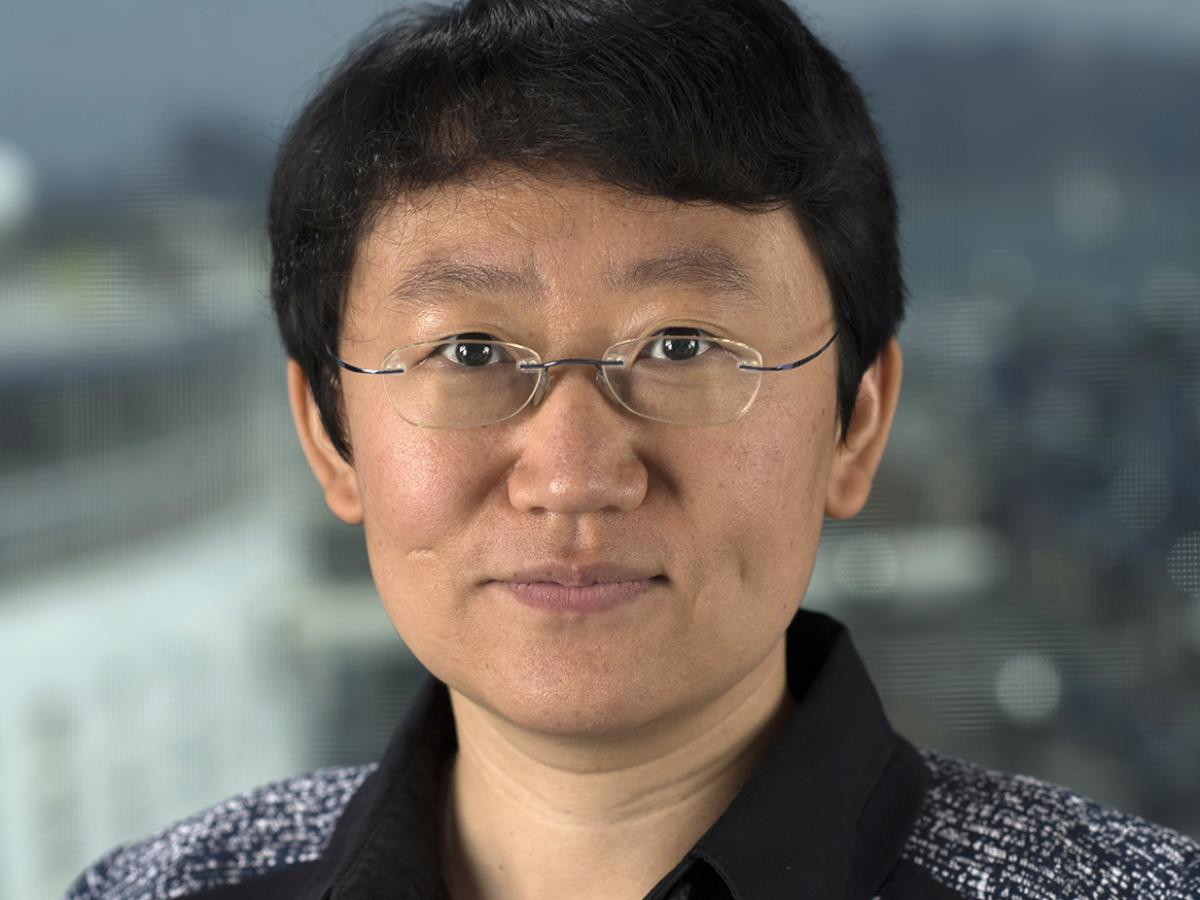
Dr Xiaoting Wang, BloombergNEF, US
Dr Xiaoting Wang has been conducting research on the photovoltaic industry for BloombergNEF since 2012 and has published more than 200 insight notes. Her routine research scope covers shifts in crystalline silicon module technology, perovskites, innovation in project design, construction, and maintenance. Since 2019, Xiaoting’s research topics have included the technologies and economics of making hydrogen from renewables.
Before joining BloombergNEF, Xiaoting worked as a post-doctoral researcher at the Center of Energy and Environmental Policy at the University of Delaware, following a five-year PhD program in the Department of Electrical and Computer Engineering at the University of Delaware. During her academic research, Xiaoting published 19 articles in international journals and books, with the topics spanning a range of photovoltaic module research and development, performance measurement and modelling, and assessment of the value of high efficiency modules.
Green Hydrogen Demand Skyrocketing: A Gigawatt-scale Electrolyzer Market in 2022
Manufacturers shipped a record 200 megawatts (MW) of electrolyzers in 2020, 55-60% of which went to low-carbon applications. BNEF expects shipments to double in 2021 and potentially more than quadruple in 2022, driven by demand from industries eager to cut emissions. The year 2022 should see shipments of 1.8-2.5 gigawatts (GW), with China accounting for 60-63% of global installations. Alkaline electrolyzers are to dominate the market due to better economics, holding an 80% share of shipments in 2022. At least 5GW of annual electrolyzer manufacturing capacity should come online by the end of 2021 and 10GW by the end of 2022, corresponding a significant overcapacity. Rising demand for green hydrogen also attracted the attention of some leading Chinese solar companies. The world’s biggest module provider and the second-largest inverter firm are already building new factories to make electrolyzers, which together will have at least 2.5GW of manufacturing capacity commissioned by 2022.
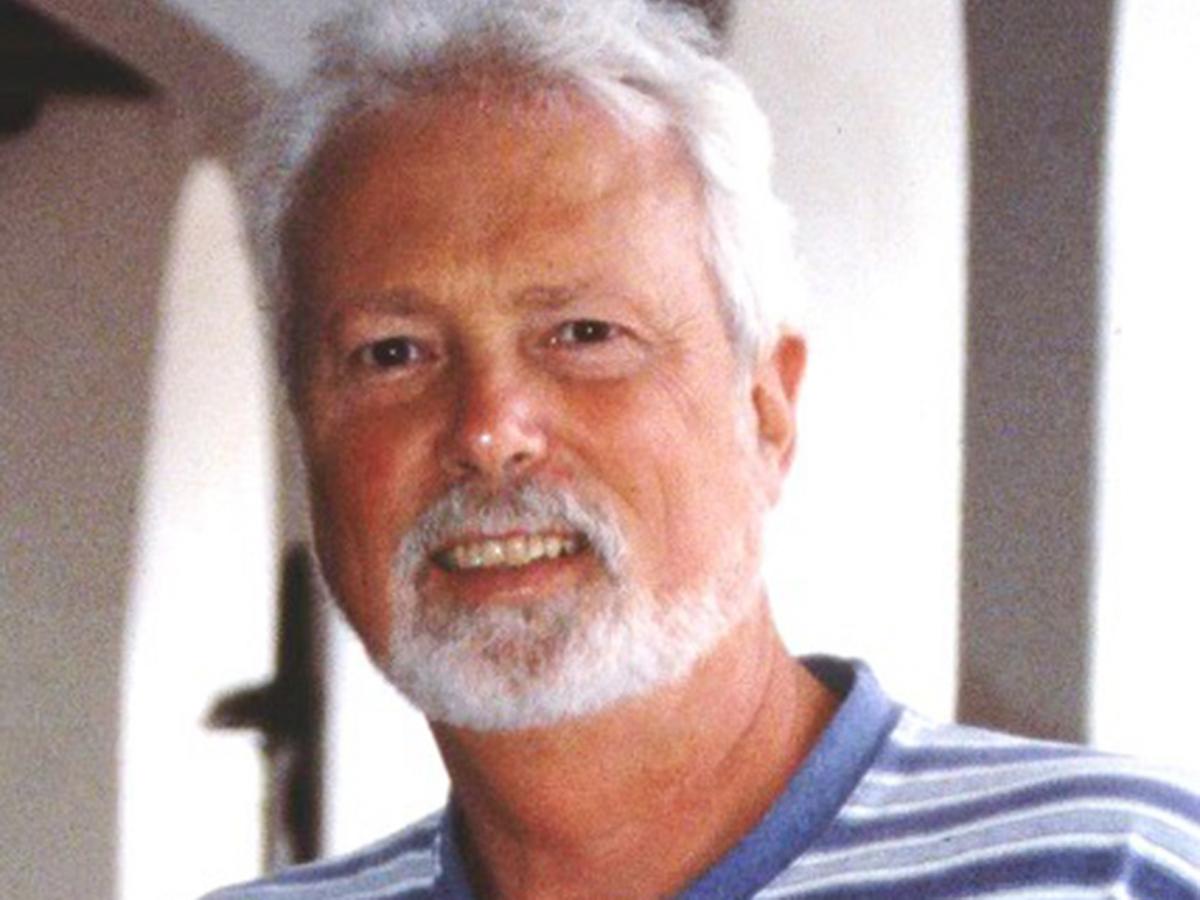
Dr Nigel Williamson, Clean Power Hydrogen Group (CPH2), UK
Dr Nigel Williamson is Co-founder and Technology Director for Clean Power Hydrogen Group Ltd (CPH2) located in Doncaster, UK. Dr Williamson developed membrane-free electrolyser technology and helped to build a 30-strong team of engineers, scientists, administrators and marketing experts, developing world markets for CPH2 technology electrolysers. He has registered numerous patents and patent applications world-wide relating to electrolyser and peripheral technologies.
CPH2 technology is designed around sustainability, using no membranes and no precious platinum-group metal (PGM) catalysts. The system is 95% recyclable or reusable, including the stack, scalable from home refueller to gigawatt scale, and is designed for a 25-year lifetime.
As founder and majority owner of NWD International, Dr Williamson developed leak-free sealing technologies and markets for aerospace, automotive, construction and agricultural equipment manufacturers, which contributed to the elimination of hydrocarbon leaks to the environment. He developed sealing systems for high-pressure hydrogen and other fuel gases and worked with NASA, General Dynamics, Lockheed, Boeing and other automotive industry clients and customers to overcome long-standing sealing problems.
As Managing Director of Pilot Industries, a fuel system manufacturer for European automotive industry customers, Dr Williamson designed, installed and commissioned Europe's largest protective metals coating line.
As Chief Engineer with ITM Power, he established a team of engineers to develop PEM electrolyser systems, resulting in their existing electrolyser technology production.
Why use membrane-free electrolyser technology?
Without a membrane, there is significantly less resistance to ion transfer, requiring no precious metal catalysis to drive the reaction. The technology is made from readily available, ubiquitous materials, which provide an equivalent performance without the need for expensive metal catalysts. Performance does not degrade over time, and materials are 98% recyclable or reusable, as well as being easy to manufacture, with no clean-room assembly required. The CPH2 technology can be licensed for manufacture, where demand is highest, thereby removing production and shipping bottle-necks. The simplicity of the system allows for maintenance by relatively low-skilled technicians. In addition, water supply quality can be relaxed to ‘potable’ standards, and gases are separated by cryogenic (oxygen distillation) technology, which is made super-efficient by use of a 3-stream heat exchanger.
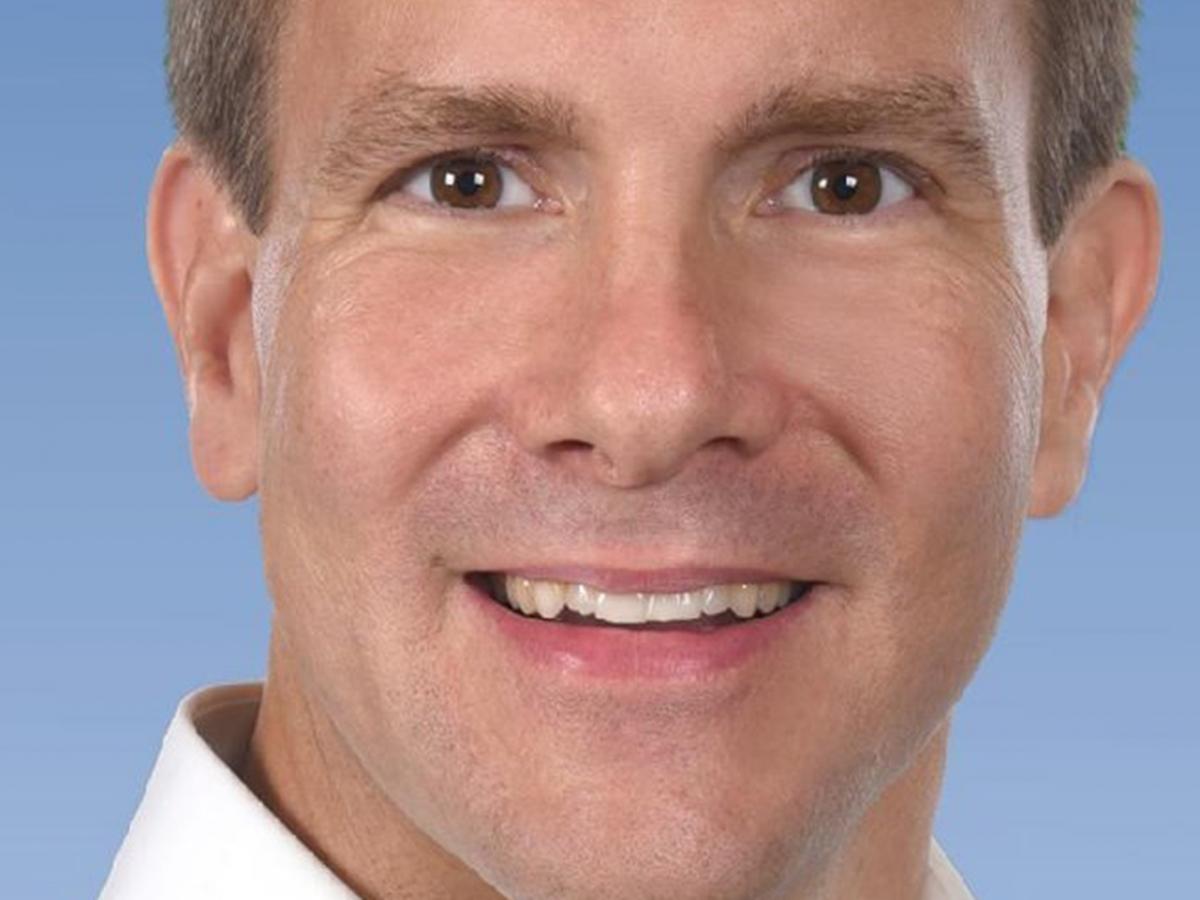
Prof Shane Ardo, University of California, Irvine, US
Shane Ardo is an Associate Professor of Chemistry, Chemical & Biomolecular Engineering, and Materials Science & Engineering at the University of California Irvine. He obtained a B.S. Degree in Mathematics, with a minor in Computer Programming, from Towson University, and subsequently worked as a software engineer, community college instructor, and high school teacher, prior to attending graduate school. Shane obtained an MS Degree in Nutrition from the University of Maryland, College Park followed by MA and PhD Degrees in Photo-Physical Inorganic Chemistry from the Johns Hopkins University, where he worked for Prof Jerry Meyer. He then worked for Prof Nate Lewis as a DOE–EERE Postdoctoral Research Awardee at the California Institute of Technology, until 2013 when he started at the University of California Irvine.
The Ardo Group are innovators in clean water, carbon capture, and solar energy research. Their work has resulted in Shane being named one of five inaugural Moore Inventor Fellows (2016), a Sloan Research Fellow (2017), a Cottrell Scholar (2017), a Kavli Fellow (2017), a Scialog Fellow (2017), a DOE Early Career Research Awardee (2018), a two-time UCI Beall Innovation Awardee (2016, 2020), and a UCI Faculty Innovation Fellow (2021). Shane has co-authored 65 peer-reviewed publications, has 8 patents, and has given over 100 invited talks, including at the National Academy of Sciences Distinctive Voices Lecture Series.
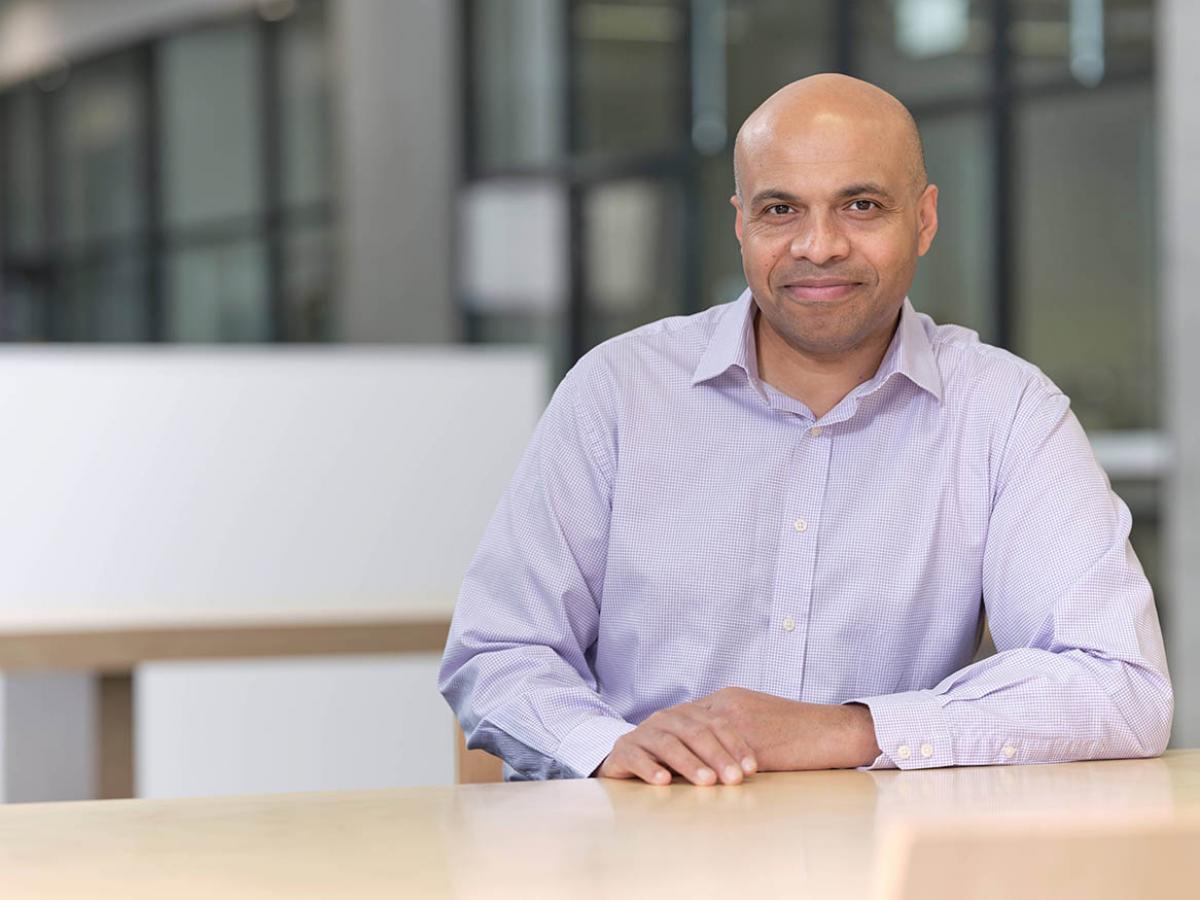
Prof Francois Aguey-Zinsou, University of NSW
Prof Francois Aguey-Zinsou is heading the MERLin research lab at UNSW Sydney. Francois is an expert in hydrogen technologies. His group has been working for many years on the properties of light metals and their hydrides for hydrogen storage application and commercialisation. He is also developing novel technologies for enabling novel fuel cell architectures and advanced catalysts for hydrogen combustion. Francois Aguey-Zinsou is director of the Australian Association for Hydrogen Energy, Vice-President of the Australian French Association for Research and Innovation, Co-director of the Australian-French Research Network FACES and the ARC training Centre for Hydrogen GlobH2E. He is also co-founder of H2potential.
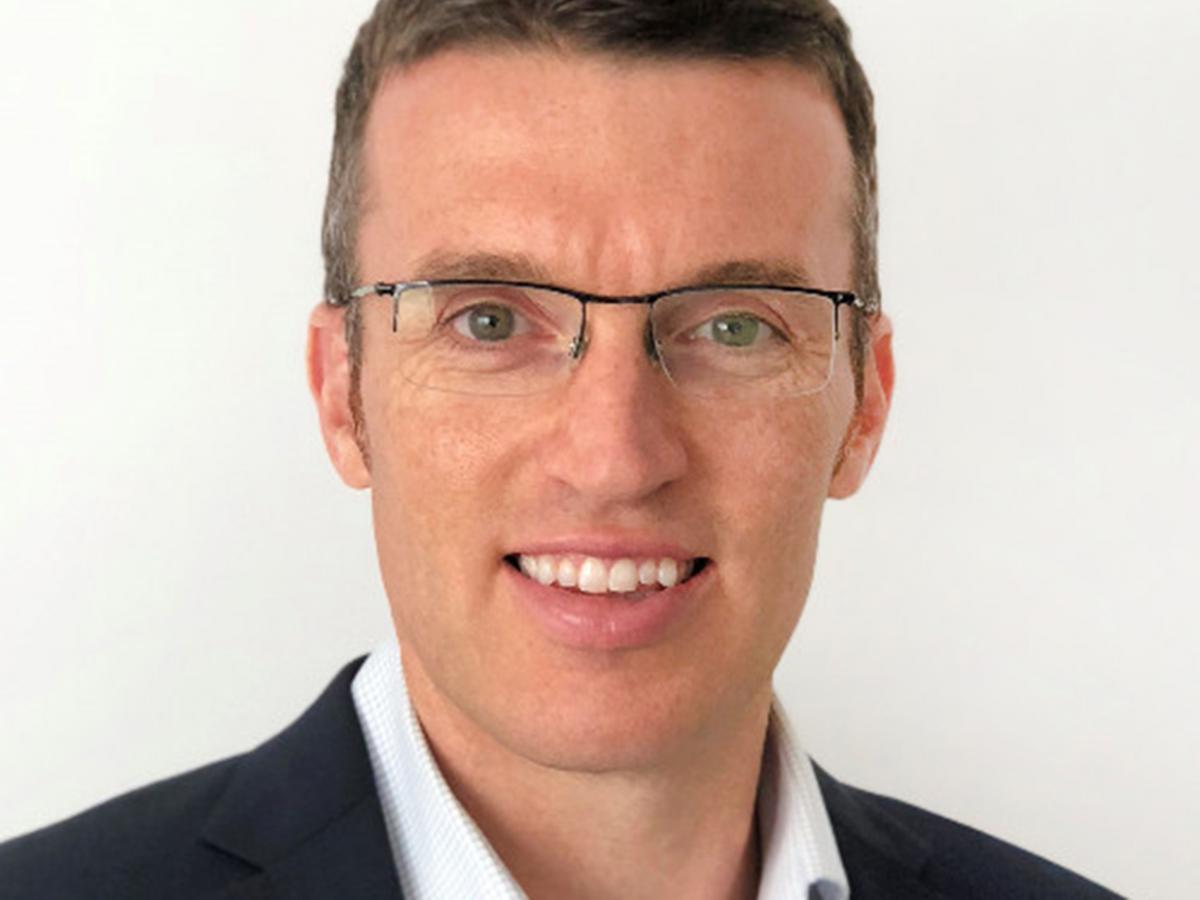
Dr Paul Barrett, IP Group, Sydney
Dr Paul Barrett is an experienced technology executive, working at the cutting edge of science and engineering for two decades, with experience spanning from early-stage technology companies through to large multinationals in the water, materials, energy and pharmaceuticals industries. Paul leads the Physical Science investment team at IP Group Australia. Prior to joining IP Group, he was the co-founder and CTO of AquaHydrex - A company pioneering a new approach to hydrogen production. The company was formed based on intellectual property from the University of Wollongong and Monash University, and Paul helped oversee the company’s growth from University labs to its own state of the art pilot manufacturing facility. Paul has a PhD in Chemical engineering from the University College Dublin and is an inventor on 6 patents.
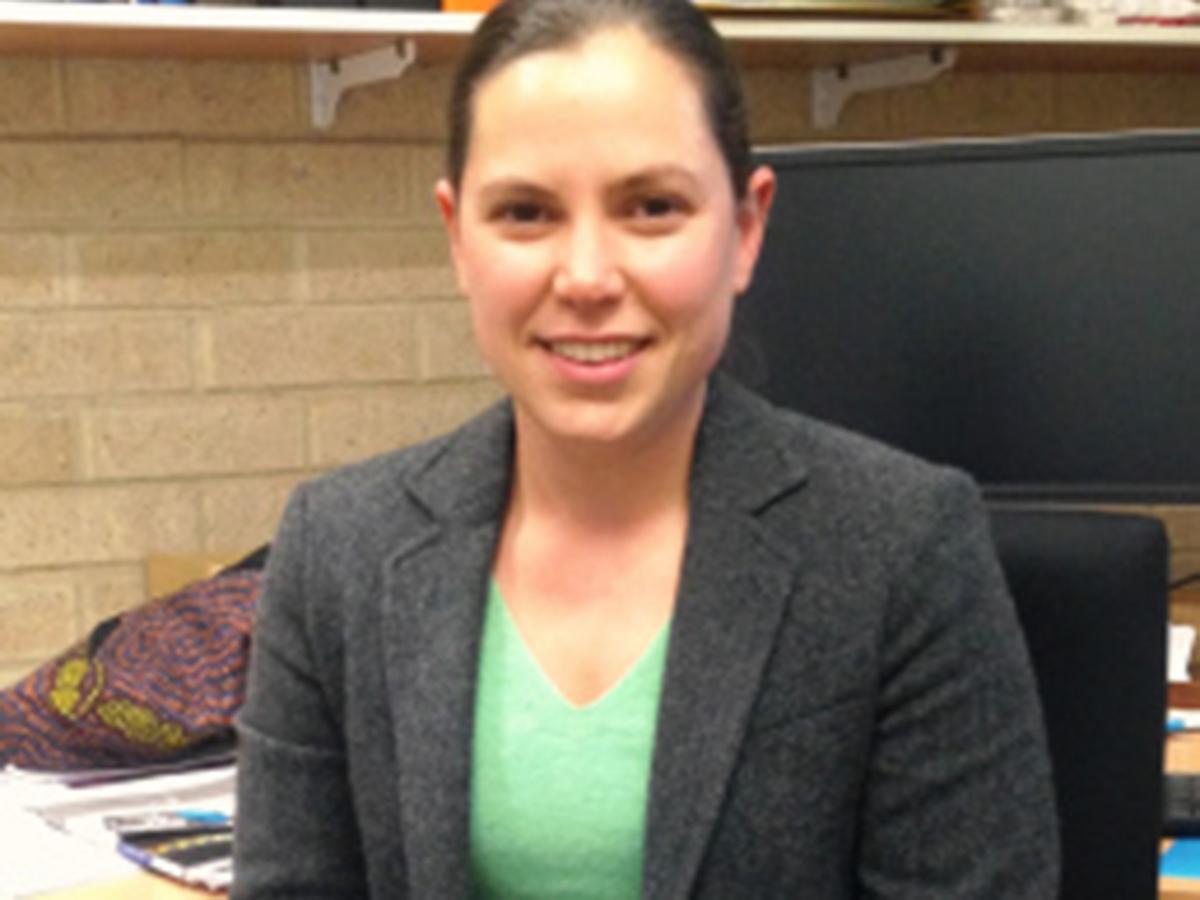
Dr Fiona Beck, Australian National University, Canberra
Dr Fiona J Beck is a Senior Research Fellow at the Australian National University’s (ANU) School of Engineering, where she leads a research group developing technologies for renewable energy and solar fuel applications. She also convenes the Hydrogen Fuels Project in the ANU’s Zero-Carbon Energy for the Asia-Pacific (ZCEAP) Grand Challenge. Dr Beck holds a PhD in Engineering from the ANU (2011) and an MSci in Physics from The University of Glasgow (2006). She has held a number of international fellowships, including a DECRA Fellowship from the Australian Research Council, and a Marie Curie Research Fellowship from the European Union.
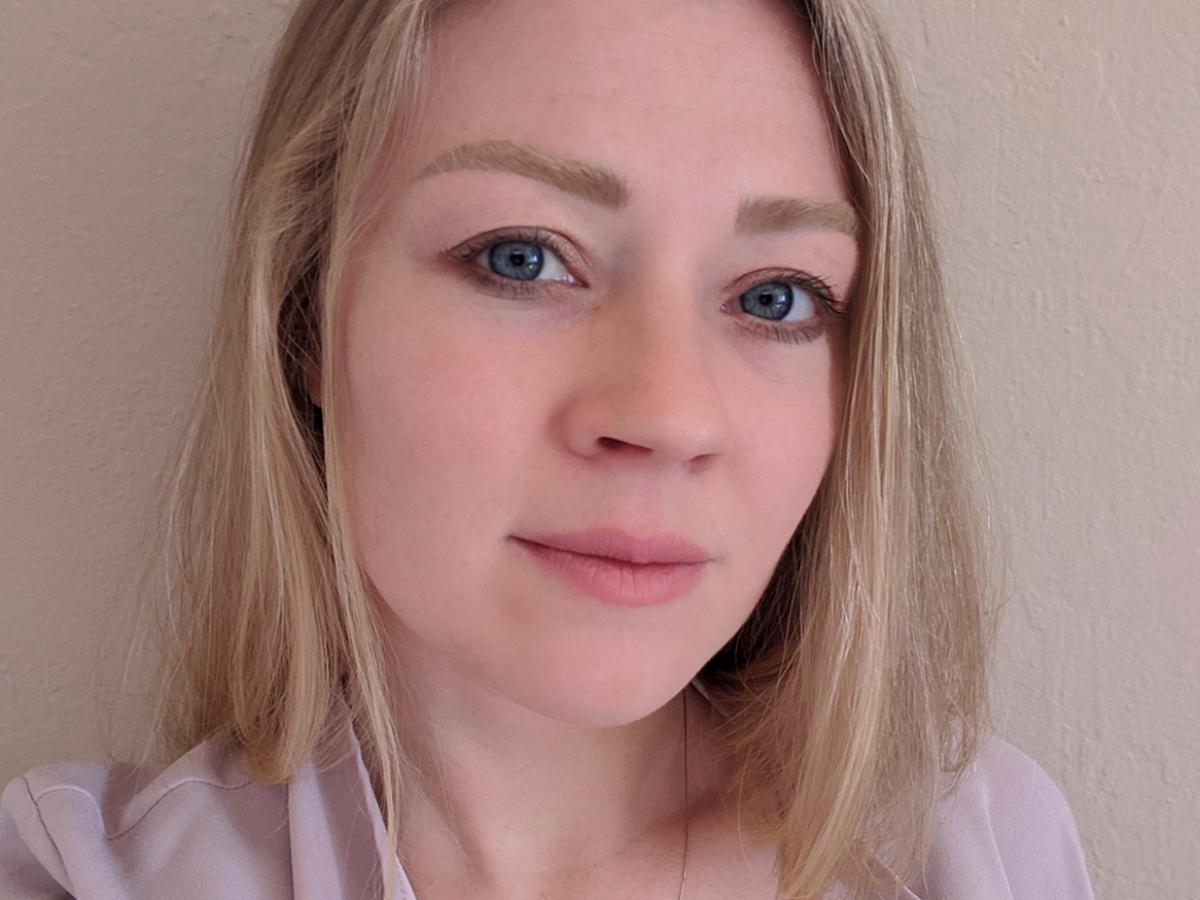
Dr Hanna Breunig, Lawrence Berkeley National Laboratory, US
Dr Hanna Breunig is a Research Scientist and deputy-head of the Sustainable Energy and Environmental Systems Department at the Lawrence Berkeley National Laboratory. Hanna specializes in techno-economic analysis, process modelling, market analysis, and environmental and human health impact assessment (life-cycle assessment) of emerging energy, recycling, and negative emissions technologies, including bioenergy and hydrogen generation, storage, and end use. She holds a BSc in Environmental Engineering from Cornell University and an MSc and PhD in Civil and Environmental Engineering from UC Berkeley.
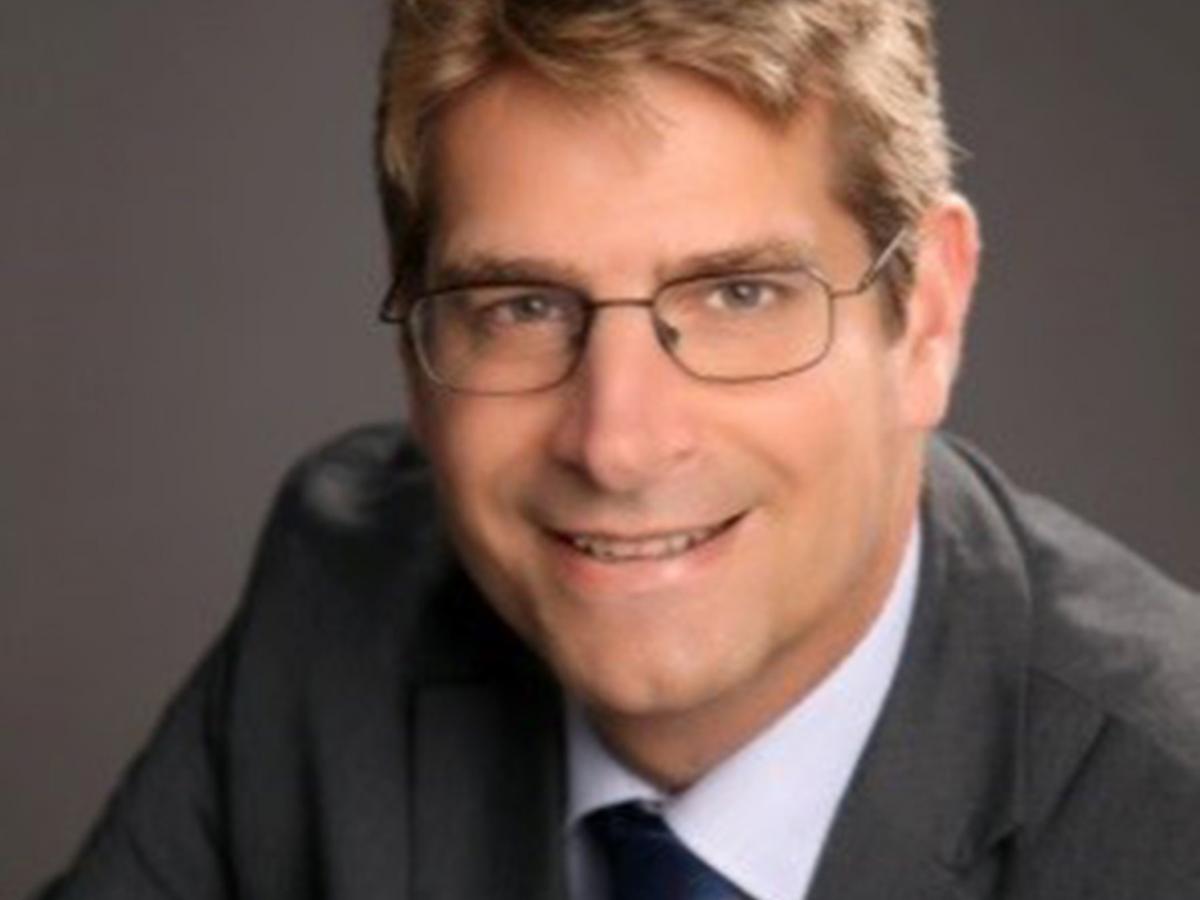
Prof Andreas Friedrich, German Aerospace, DLR
Dr. K. Andreas Friedrich is a Professor of Mechanical Engineering at University of Stuttgart and the Head of the Electrochemical Energy Technology Department at the German Aerospace Center (DLR) in Stuttgart, Germany. His research areas are electrochemical energy conversion and storage, in particular polymer electrolyte membrane (PEM) and solid oxide (SOC) fuel cells and electrolysis, advanced Li and Mg batteries, and system design. Dr. Friedrich has authored and coauthored about 200 peer reviewed papers. He received the Fischer medal (Dechema) in 2009 and the Ertl prize 2014 for his scientific work.
In 2004, he joined the DLR and University of Stuttgart heading the group focusing on electrolysis, fuel cells and advanced batteries. Priorities are polymer membrane and solid oxide technology as well as “beyond Li-ion” technology in batteries. The primary goals of the group comprise enhanced power density, long lifetime, reduction of precious materials and manufacturing costs, identification of degradation mechanisms in stacks and their prevention, advanced stack design, and optimised integration of fuel cells into energy supply systems.
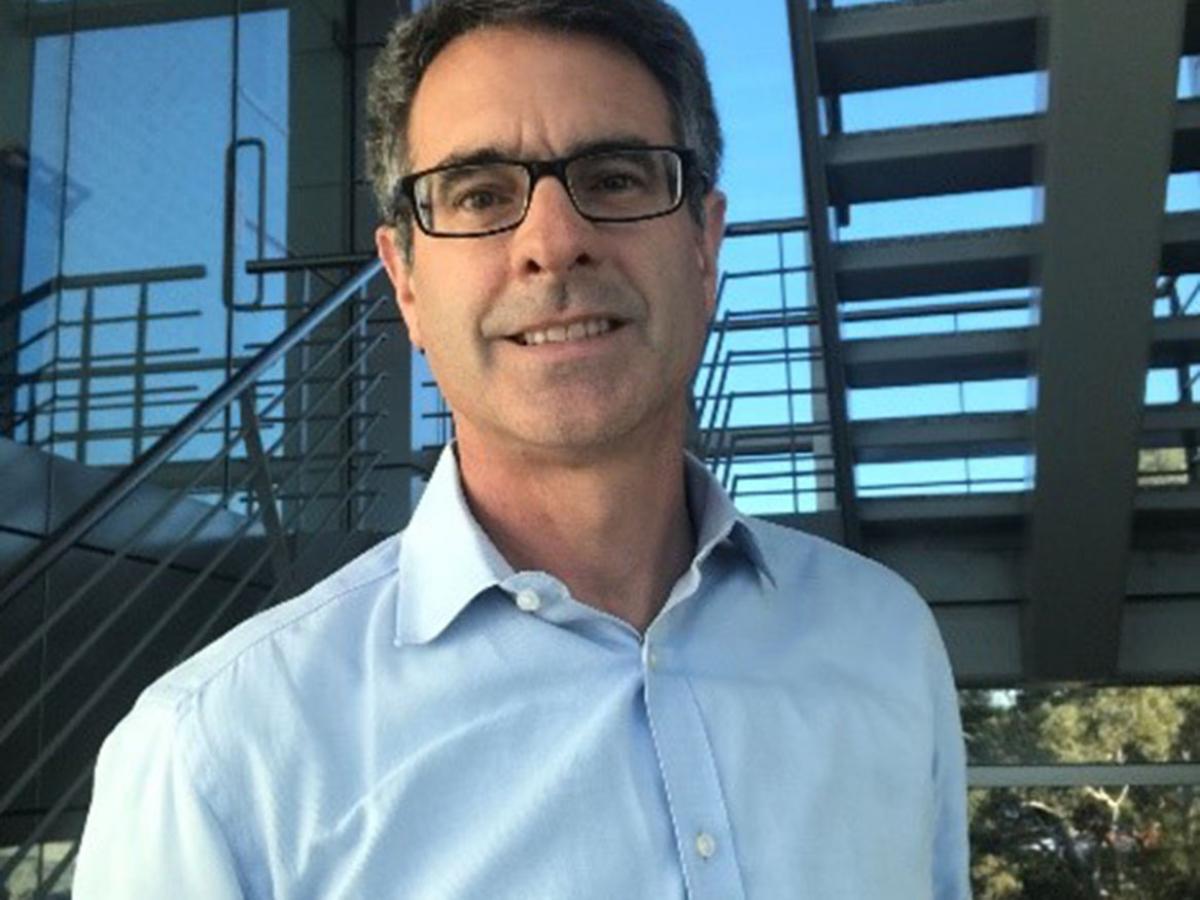
Mr Martin Hablutzel, Siemens Energy, Melbourne
Martin Hablutzel is responsible for the transmission solutions and hydrogen activities of Siemens Energy in Australia and New Zealand.
He has been heavily involved in promoting the opportunities for hydrogen technology in its latest renaissance through market development, government dialog, numerous speaking engagements and interviews. Martin was a member of Alan Finkel’s stakeholder group contributing toward the formation of Australia’s National Hydrogen Strategy.
The transmission solutions portfolio for which Martin is responsible includes synchronous condensers, static var compensators and HVDC solutions to support the transmission system as it responds to the broader energy transition.
Martin’s expertise covers hydrogen technology solutions, electrical power systems applications, business case development and energy technology business management. He has a keen interest in emerging technologies and applications along the whole energy value chain.
Martin began his career at the (then) Hydro Electric Commission in Tasmania, joining Siemens in 1997 as a protection and control engineer. Subsequent roles in project engineering, project management, asset management, sales, marketing and executive management have given Martin broad exposure to the deployment of electrification, automation and digitalisation solutions in diverse industries including utilities, resources, infrastructure, transportation and manufacturing.
Martin holds a degree in electrical engineering from the University of Tasmania and an MBA from Deakin University.
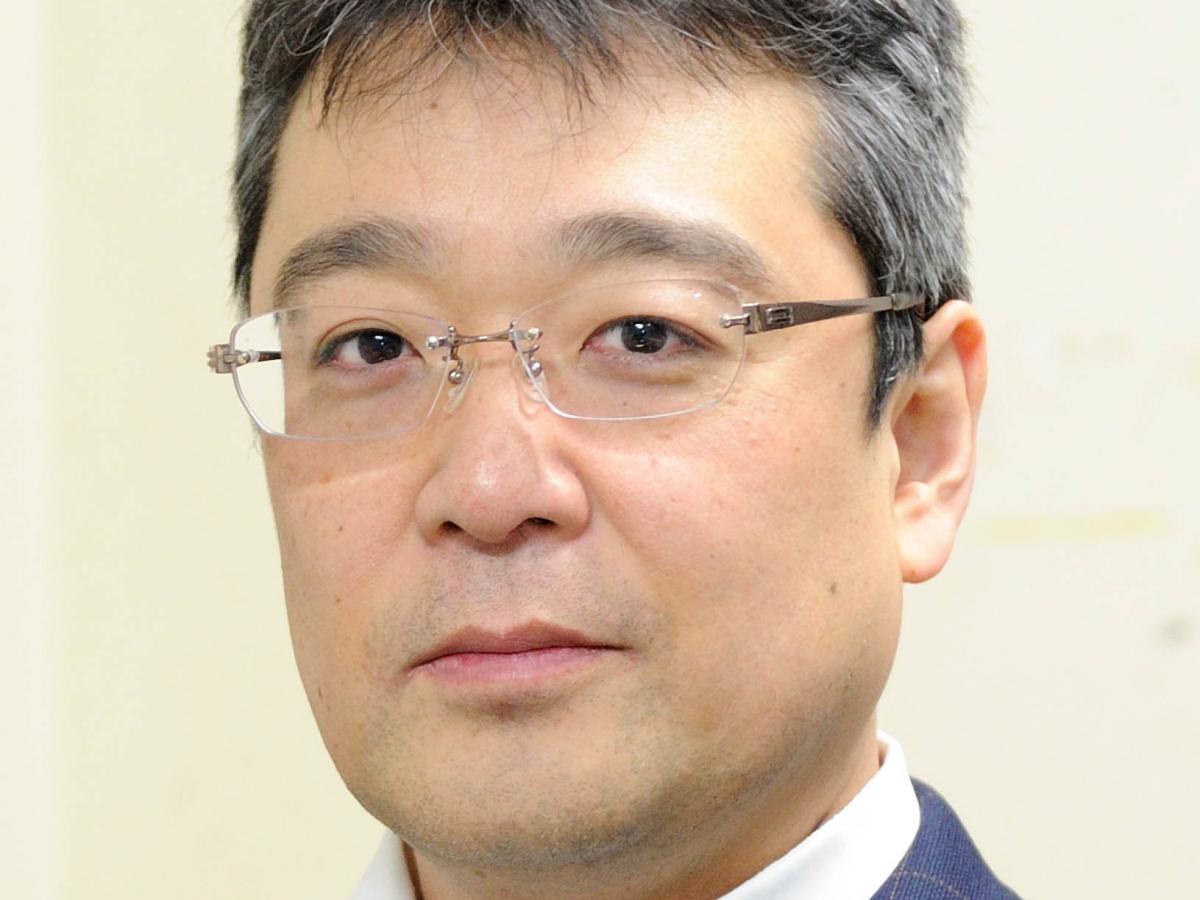
Prof Tatsuya Kodama, Niigata University, Japan
Tatsuya Kodama is a professor in the Pacific Rim Solar Fuel System Research Centre, Faculty of Engineering, Niigata University, Japan. Prof Kodama has been working in the field of concentrating solar thermochemistry (CSTC) for more than 20 years, developing the technologies on two-step water/CO2 splitting cycles, solar coal gasification, and solar methane reforming. He has authored over 100 research papers and some international patents in CSTC field. He conducted one of the biggest Japanese CSTC R&D projects, promoted by Japan Cabinet Office in 2010-2013 (NEXT). An100-kWth new solar beam-down system was built in Japan for demonstrating his innovative solar “particle fluidized bed” reactor to split H2O/CO2 to produce H2/CO. He is currently one of the key partners of ARENA (Australian Renewable Energy Agency) project of “Solar Thermochemical Hydrogen Research and Development (2018-2022)” to demonstrate his solar particle fluidized bed reactor to split H2O using 500 kWth solar facility of CSIRO, Newcastle, Australia.
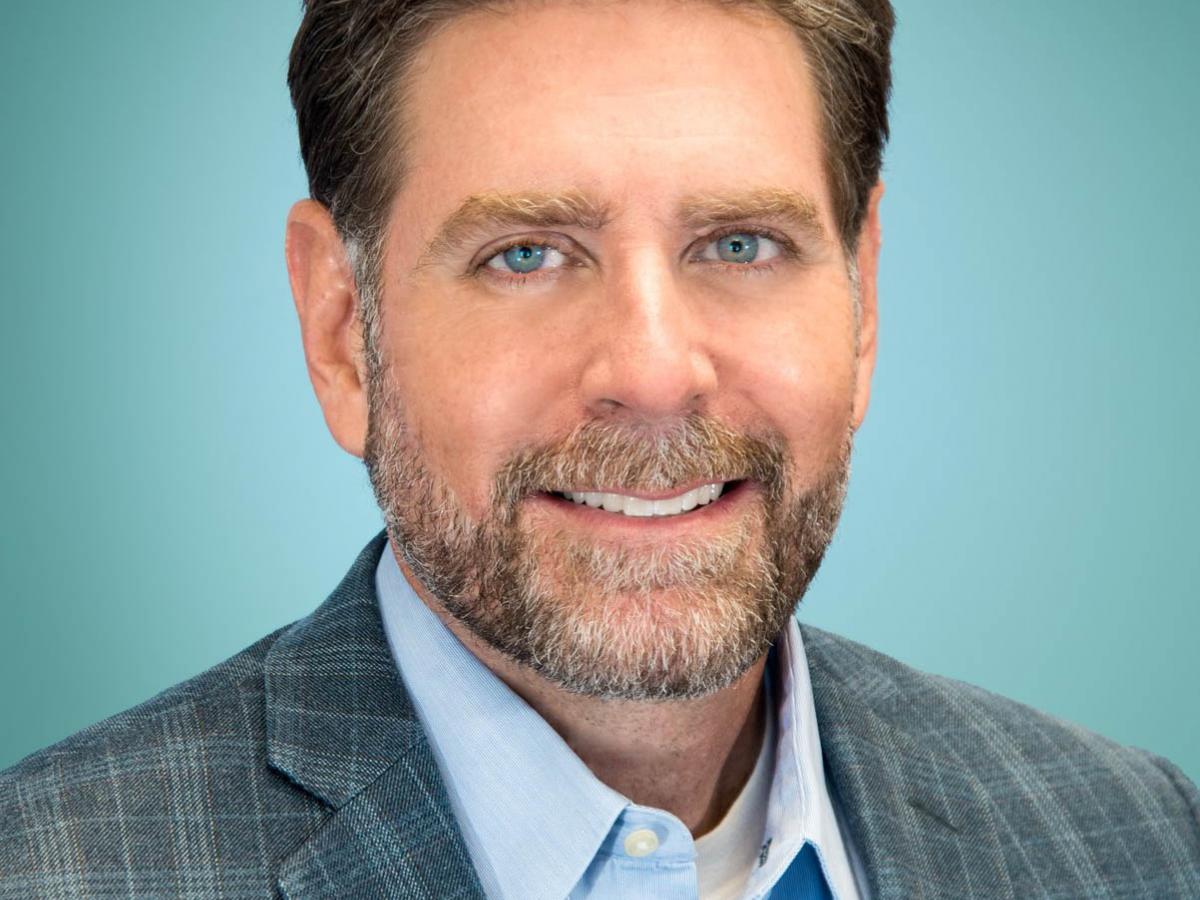
Dr Anthony McDaniel, Sandia National Laboratory, US
Dr McDaniel is a Principal Member of the Technical Staff at Sandia National Laboratories and holds a PhD in Chemical Engineering from the University of California, Los Angeles. His research experience spans a range of topical areas important to functional materials and their application to developing technologies for energy storage and conversion. These include complex oxides used in the production of hydrogen by thermochemical water splitting and high temperature electrochemical processes. He has authored or coauthored over 100 peer reviewed papers and technical reports.
Dr McDaniel is the Solar Thermochemical Technology Lead for HydroGEN Advanced Water Splitting Materials Consortium (h2awsm.org), which is a US Department of Energy—Energy Materials Network dedicated to advancing the technology readiness level of renewable hydrogen production. Through HydroGEN and other programs, he manages multidisciplinary teams comprised of US National Laboratories and Universities in collaborative R&D settings focused on developing and demonstrating technologies for sustainable solar fuels.

Dr Marta Marono, CIEMAT, Spain
Dr Marta Marono has a PhD in chemical engineering and is a senior researcher at CIEMAT, with more than 25 years of experience. Dr Marono joined Ciemat in 1992 working in different areas of energy including chemical processes risk analysis and nuclear safety (she holds a Master in Nuclear Energy, Madrid 1996).
In 2005, she joined the Sustainable Thermochemical Valorization Unit of the Combustion and Gasification Division of CIEMAT and she has participated in more than 25 R&D&i international and national projects in the field of hydrogen related to biomass and wastes valorization, hydrogen production by thermochemical routes and separation with membranes and syngas upgrading.
Some other activities related to projects include frequent participation in international conferences and symposiums, organization of workshops and summer schools; supervision of student’s short stays at CIEMAT and direction of doctoral and master theses. She has been working as an independent expert for different national and European Calls in the field of low-carbon technologies (H2020, COST, ACT, INNOVATION FUNDS, etc) for the last 10 years.
Since 2014, she has coordinated the H2 and Fuel Cell Activities Group of CIEMAT and she is co-coordinator of the working group of Hydrogen Production of the Spanish Hydrogen Association (AeH2). Since June 2016, she is a member of the governing board of the Hydrogen Europe Research Association, Fuel Cells and Hydrogen Joint Undertaking (HER, FCH JU) as Chair of External Affairs. She is a member of the standardization technical committees (CEN/CENELEC) and national technical committees on hydrogen regulations, with active participation in conferences, workshops and symposiums. Dr Marono is a member of the EHSP (European Hydrogen Safety Panel) of FCH JU, since Jan 2020. She has also being recently been appointed as coordinator of Subprogram SP6 (Hydrogen production) of the European Energy Research Alliance Fuel Cells and Hydrogen (EERA FCH) Joint Program.

Dr Joe Powell, ChemePD LLC, US
Joe Powell (Joseph B. Powell, PhD) is Fellow and former Director of the American Institute of Chemical Engineers and served as Shell’s first Chief Scientist – Chemical Engineering from 2006 until retiring at the end of 2020, culminating a 36-year industry career where he led R&D programs in new chemical processes, biofuels, enhanced oil recovery, and advised on R&D for energy transition to a net-zero carbon economy. Dr Powell is co-inventor on more than 125 patent applications (60 granted), has received AIChE / ACS / R&D Magazine awards for Innovation, Service, and Practice, and is co-author of Sustainable Development in the Process Industries: Cases and Impact (2010). He chaired the US Department of Energy Hydrogen and Fuel Cell Technical Advisory Committee (HTAC) and was elected to the US National Academy of Engineering (2021) after serving two terms on its Board on Chemical Sciences and Technology. Other roles include guest editor Catalysis Today Natural Gas Utilization, editorial board for Annual Review of Chemical and Biological Engineering, Crosscutting Technologies area lead and author for Mission Innovation Carbon Capture Utilization and Storage (2017). He currently advises in energy and chemicals and process development (ChemePD LLC). Education: PhD University of Wisconsin-Madison (1984); BS University of Virginia (1978), both in chemical engineering.
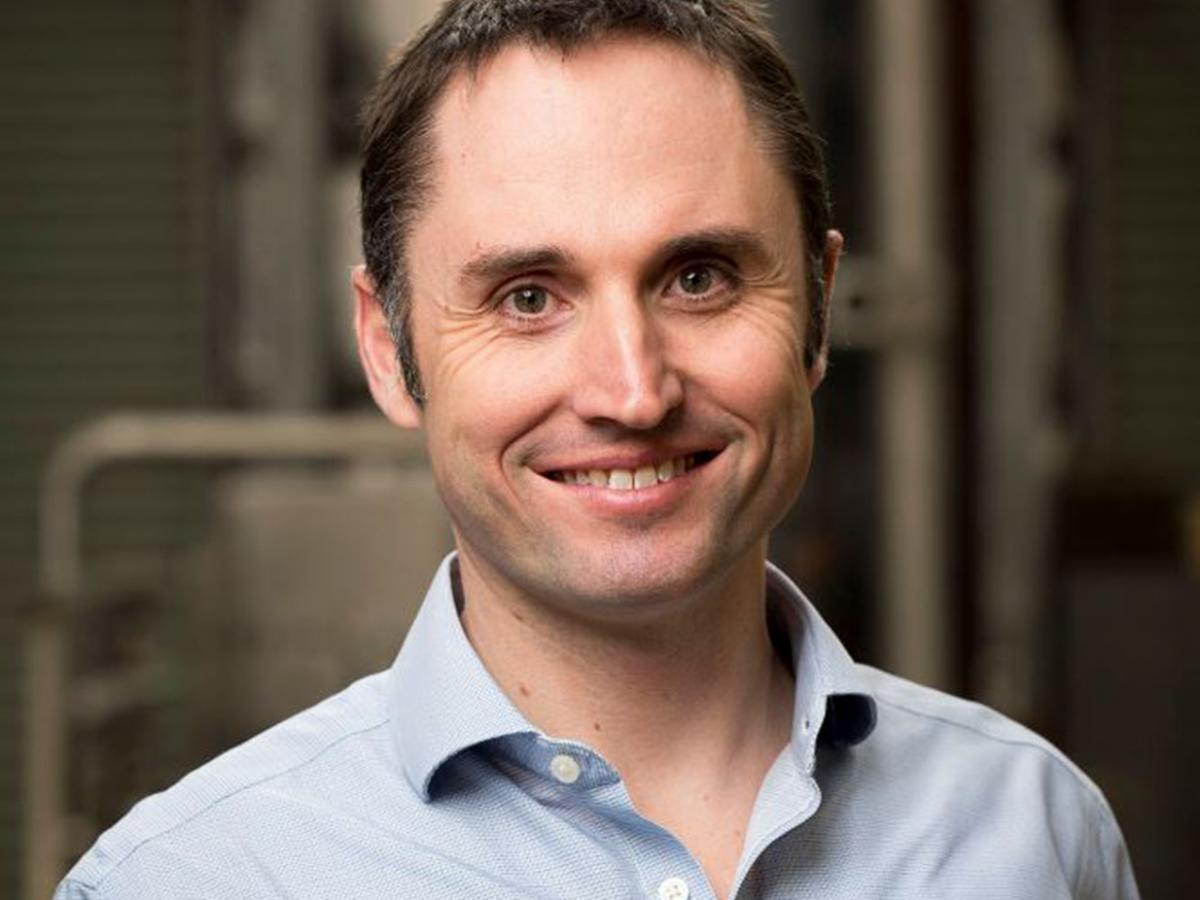
Dr Daniel Roberts, CSIRO, Qld
Daniel is the Director of CSIRO’s Hydrogen Energy Future Science Platform, an initiative driving new science and technology development in support of the emerging Australian hydrogen industry. Prior to this role, Daniel led CSIRO’s thermal and electrochemical research programs, and he continues to play a senior role in CSIRO’s gasification RD&D activities, where he represents Australia in IEA programs focussed on bioenergy. He has a background in environmental and industrial chemistry and has worked on projects ranging from lab-scale to industrial-scale, in Australia and internationally.
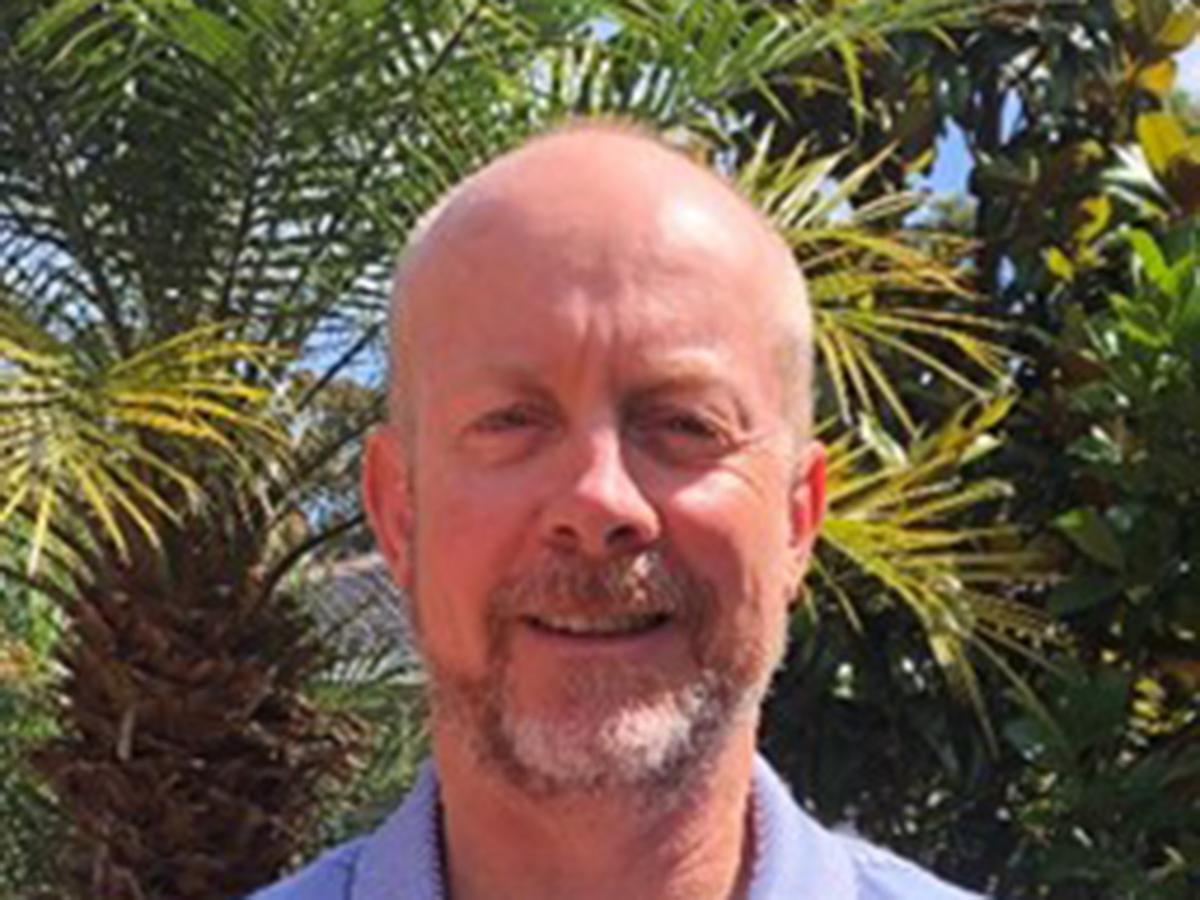
A/Prof Jason Scott, University of New South Wales
Jason is Deputy Director of the Particles and Catalysis (PartCat) Research Group in the School of Chemical Engineering at The University of New South Wales. His research is centred on designing catalyst materials and systems which can effectively harness various energy inputs (thermal, light, electrical, plasma) for application in carbon dioxide utilisation and renewable hydrogen generation (including from biomass feedstock). To date he has co-authored over 160 journal publications and has a H-index of 44.
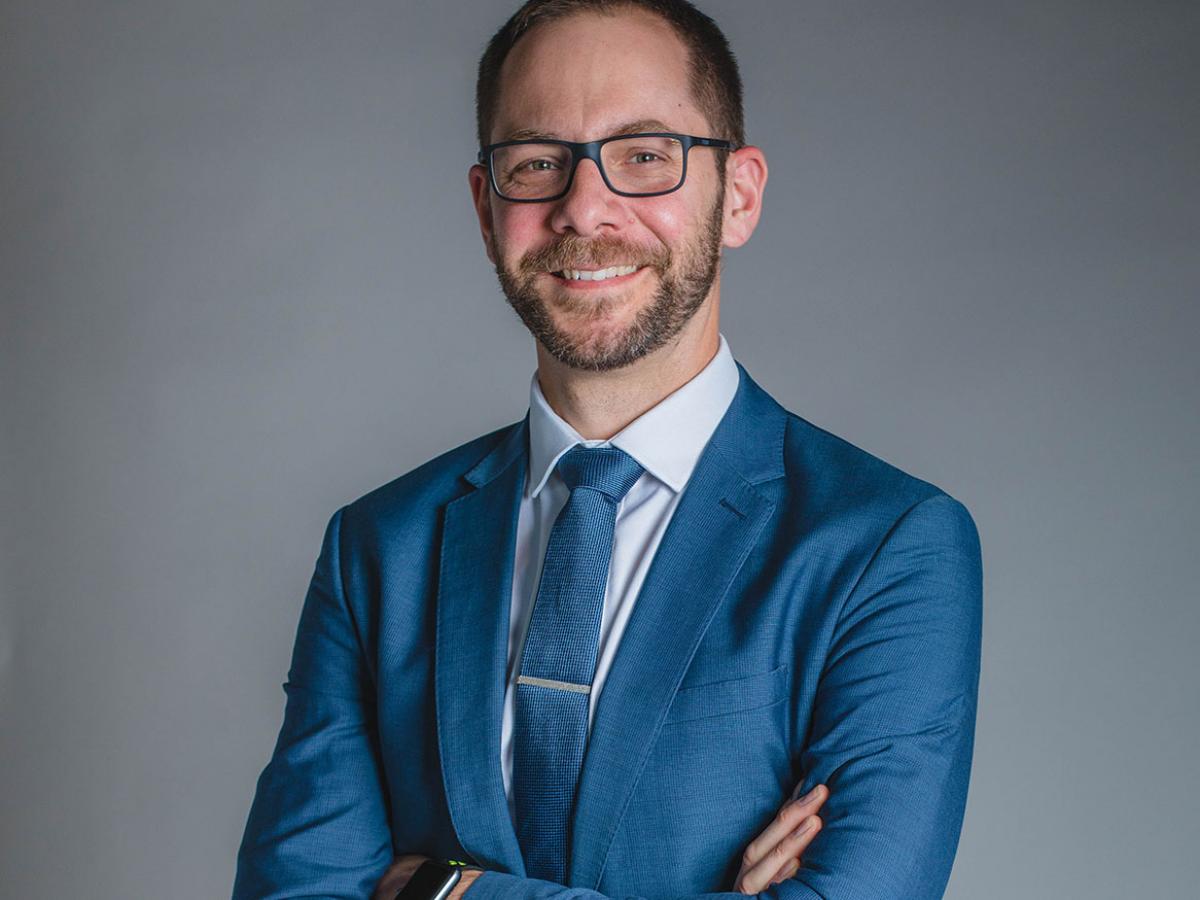
A/Prof Simon Smart, The University of Queensland
Simon Smart is an Associate Professor in the School of Chemical Engineering and Director of the Dow Centre for Sustainable Engineering Innovation at The University of Queensland. His research is centred around the sustainable production and use of energy and chemicals, with a particular focus on enabling membrane and catalyst technology for blue hydrogen. Simon has published more than 100 peer-reviewed journal and 9 book chapters at a h-index of 32.

Prof Meng Tao, Arizona State University, US
Dr Meng Tao joined Arizona State University in 2011 as a professor in the School of Electrical, Computer and Energy Engineering and now heads the Physical Electronics and Photonics Program. His research focuses on sustainable solar technologies, from materials and devices to systems and applications. He played a critical role in the initiation and launch of the US. Photovoltaic Manufacturing Consortium under SEMATECH. He has been the lead organiser for the Electrochemical Society symposium series on Photovoltaics for the 21st Century for over a decade. He is an editor of the ECS Journal of Solid State Science and Technology. He was awarded the Fulbright Distinguished Chair in Alternative Energy Technology and was invited to the 2017 Nobel Award Ceremony in Stockholm.
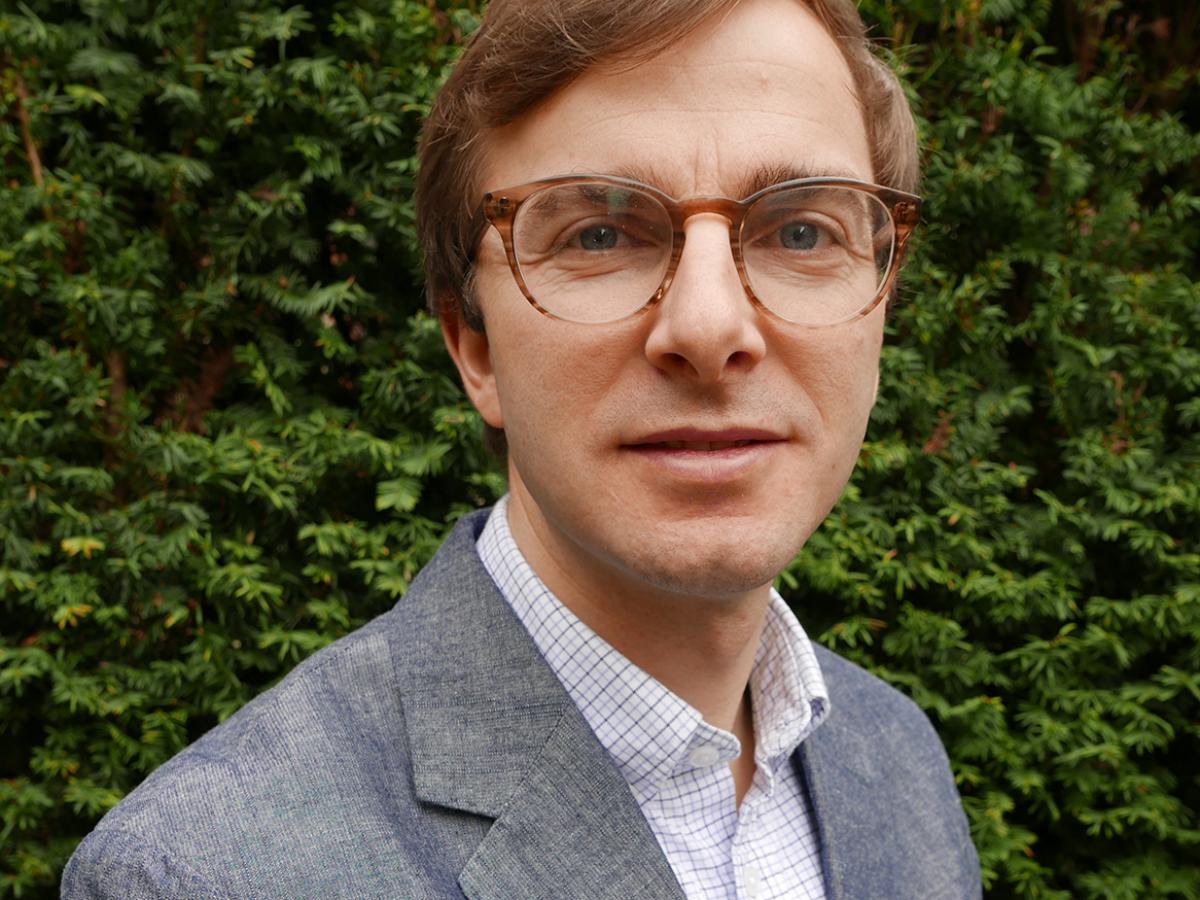
A/Prof Chester Upham, University of British Colombia, Canada
Chester Upham is an Assistant Professor in the Chemical & Biological Engineering department at the University of British Columbia. Prior to joining UBC, Dr Upham was a postdoctoral scholar at Stanford University in the SUNCAT Center for Interfacial Science and Catalysis. He holds a PhD from the University of California Santa Barbara and a Bachelor’s degree in Chemical Engineering from McGill University.
Dr Upham’s research focuses on catalyst development for the sustainable production of fuels and chemicals. His current projects are related to hydrogen production, conversion of CO2 into fuels, and decarbonisation of natural gas by developing new catalysts which incorporate separation and reaction. As an experimentalist, Dr. Upham builds custom reactors and uses in-situ spectroscopy and x-ray absorption spectroscopy in conjunction with kinetic and process modelling to understand mechanisms and enhance the impact of his work for use in commercial processes.
Dr Upham has also spent time working at several start-up companies to develop and scale-up new catalytic processes. Most recently, he worked in multiple rolls with C-Zero to commercialize his PhD work to produce CO2-free hydrogen using high temperature molten catalysts. He was also the Director of Development for Carbon Sciences from 2010-2013 and a Process Engineer at Kimberly-Clark. His work has resulted in 7 provisional patent applications, 18 publications including in Science, and in journals such as Nature Catalysis and ACS Catalysis and has been highlighted in Chemistry World and Nature Energy.
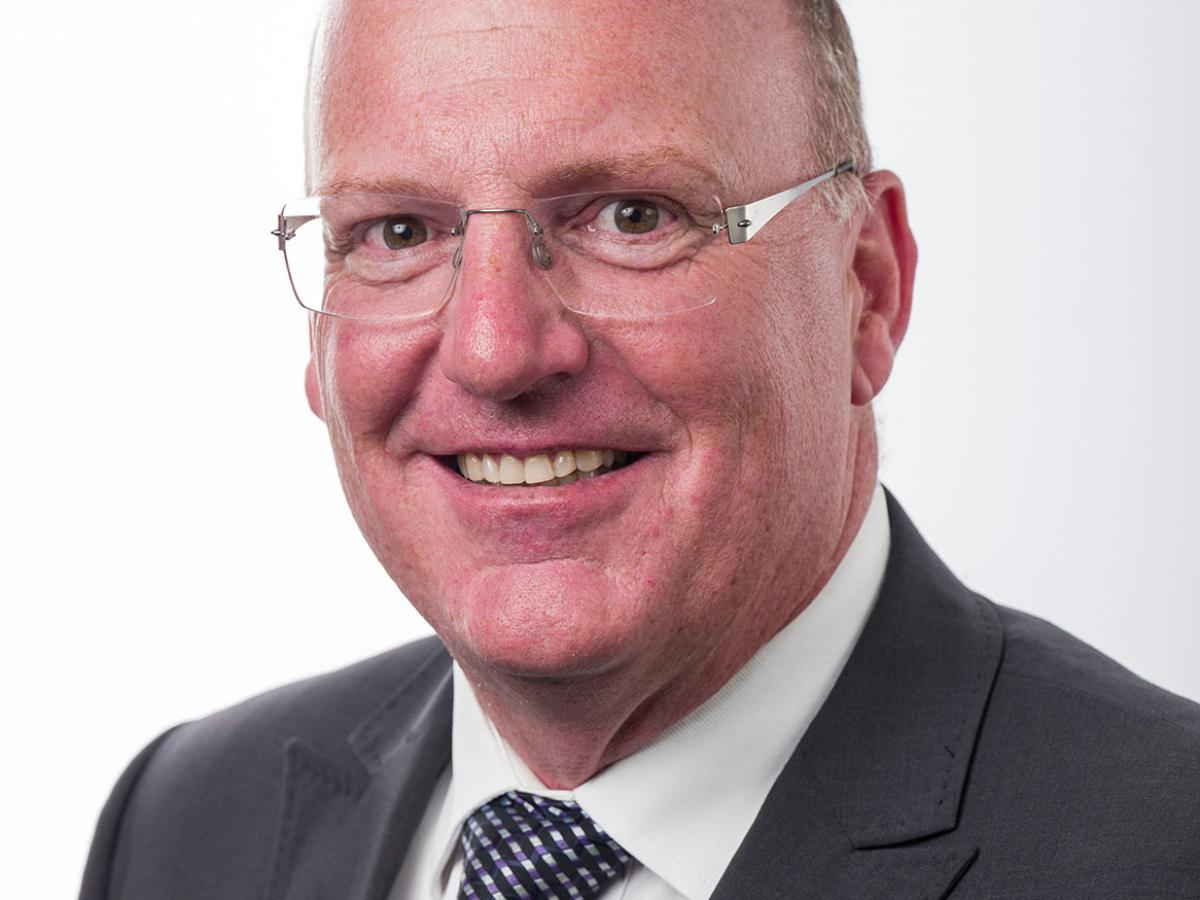
Mr Geoff Ward, Hazer, Perth
Geoff Ward is the Chief Executive Officer and Managing Director of Hazer Group Limited. He has over 25 years’ experience in the energy industry covering refining, oil and gas, and renewable energy in executive and advisory capacity.
Geoff’s experience covers key areas of operations, strategy and planning, commercial management, and project development. This experience has included development of an international offshore oil project, completion of Australia’s first geothermal demonstration project and leading the commercialisation of the Hazer Process, a novel low emission hydrogen and graphite production process, with experience gained with major multinational firms and independent Australian listed companies. As an advisor, Geoff was a Partner of a leading Australian advisory practice advising Boards and leading transactions in engineering services, clean technology and resources sectors.
Geoff has a keen interest in the transition to clean energy and a low carbon economy and has been an active participant in the changing Australian energy markets. He holds an MBA from University of Western Australia (UWA) and Bachelors of Engineering (Chemical) (Honours) from the University of Melbourne.
The HyPT-2 Forum was supported by a dedicated international steering committee and local organising committee.
International Steering Committee
- Chair: Prof Greg Metha, the University of Adelaide
- Co-Chair: Prof Gus Nathan, the University of Adelaide
- Prof Bassam Dally, King Abdullah University of Science and Technology
- Prof Tatsuya Kodama, Niigata University
- Dr Anthony McDaniel, Sandia National Laboratories, US
- Ms Ashley Muldrew, AGIG
- Mr Phil O'Neil, Advisian
- Dr Ashley Roberts, Woodside Energy
- Dr Daniel Roberts, CSIRO
- Prof Christian Sattler, German Aerospace, DLR
- Prof Ellen B. Stechel, Arizona State University, US
- Dr Chester Upham, University of British Colombia, Canada
- Dr Klaas van Alphen, Future Fuels CRC
- Mr Julius von der Ohe, NOW GmbH
- Dr Xiaoting Wang, BloombergNEF, US
Organising Committee
- Chair: Prof Greg Metha, Centre for Energy Technology, the University of Adelaide
- Co-chair: Prof Gus Nathan, Director, Centre for Energy Technology, the University of Adelaide
- A/Prof Yan Jiao, Centre for Energy Technology, the University of Adelaide
- Dr Mehdi Jafarian, Centre for Energy Technology, the University of Adelaide
- Dr Cameron Shearer, Centre for Energy Technology, the University of Adelaide
- Ms Jen Thomas, CET Administrator, the University of Adelaide
HyPT-2 Forum Program
14-16 September 2021, Australian Central Standard Time
Tuesday, 14 September 2021
Session 1: Large-scale Electrolysers - Limitations and future prospects, 9:30 am - 12:00 pm ACST
Chair: A/Prof Liam Wagner | Zoom Chair: Prof Greg Metha
|
Welcome from the Chair |
A/Prof Liam Wagner |
9:30 - 9:40 am - Please use a time zone converter if you are not located in Adelaide |
|---|---|---|
| Keynote: Dr Xiaoting Wang, BloombergNEF | Green hydrogen demand skyrocketing: A Gigawatt-scale electrolyser market in 2022 | 9:40 - 10:00 am |
| Keynote: Mr Everett Anderson, Nel Hydrogen | Green hydrogen production using low temperature water electrolysis | 10:00 - 10:20 am |
|
Keynote: Dr Mark Ruth, NREL |
The technical and economic potential of hydrogen within the United States | 10:20 - 10:40 am |
| Keynote: Ms Kristin Raman, AGIG | Delivering the future of gas | 10:40 - 11:00 am |
| Panel Session | 11:00 - 12:00 pm | |
| Panellist: Mr Martin Hablutzel, Siemens Energy | 11:00 - 11:05 am | |
| Panellist: Prof Gerhard Swiegers, University of Wollongong | 11:05 - 11:10 am | |
| Discussion | 11:10 - 12:00 pm |
Session 2: Emerging Electrolysis Technology, 9:00 - 11:30 pm, ACST
Chair: Dr Cameron Shearer | Zoom Chair: Dr Xing Zhi
|
Welcome from the Chair |
Dr Cameron Shearer |
9:00 - 9:10 pm - Please use a time zone converter if you are not located in Adelaide |
|---|---|---|
| Keynote: Dr Hen Dotan, H2Pro | E-TAC - Efficient and economic decoupled water splitting | 9:10 - 9:30 pm |
| Keynote: Dr Nigel Williamson, CPH2 | Why use a membrane-free electrolyser technology? | 9:30 - 9:50 pm |
| Keynote: Dr Oliver Posdziech, Sunfire | Technology and applications of SOEC electrolysis | 9:50 - 10:10 pm |
| Keynote: A/Prof Sophia Haussener, EPFL | Modelling and demonstration of a scaled photo-electrochemical co-generation system | 10:10 - 10:30 pm |
| Panel Session | 10:30 - 11:30 pm | |
| Panellist: Prof Francois Aguey-Zinsou, UNSW & H2Potential | 10:30 -10:35 pm | |
| Panellist: Prof Andreas Friedrich, German Aerospace, DLR | 10:35 - 10:40 pm | |
| Panellist: Prof Meng Tao, ASU | 10:40 - 10:45 pm | |
| Discussion | 10:45 - 11:30 pm |
Wednesday, 15 September 2021
Session 3: Hydrogen from Natural Gas, 9:30 am - 11:45 am ACST
Chair: Dr Mehdi Jafarian | Zoom Chair: Dr Alfonso Chinnici
|
Welcome from the Chair |
Dr Mehdi Jafarian |
9:30 - 9:40 am - Please use a time zone converter if you are not located in Adelaide |
|---|---|---|
| Keynote: Mr Chris Mesrobian, Monolith Materials | Methane pyrolysis at commercial scale: From lab to first industrial plant | 9:40 - 10:00 am |
| Keynote: Prof Jonah Erlebacher, Johns Hopkins | Challenges and opportunities in bringing new chemistry to produce hydrogen to market | 10:00 - 10:20 am |
| Keynote: Dr Brett Parkinson, CZero | Methane pyrolysis in molten-liquid systems: Fundamental challenges and scale-up perspectives | 10:20 - 10:40 am |
| Panel Session | 10:40 - 11:40 am | |
| Panellist: A/Prof Chester Upham, University of British Colombia | 10:40 - 10:45 am | |
| Panellist: Mr Geoff Ward, Hazer | 10:45 - 10:50 am | |
| Panellist: A/Prof Simon Smart, UQ | 10:50 - 10:55 am | |
| Panellist: Dr Joe Powell, ChemePD, LLC | 10:55 - 11:00 am | |
| Discussion | 11:00 - 11:45 am |
Session 4: Thermochemical Processes, 2:30 - 4:40 pm ACST
Chair: Prof Gus Nathan | Zoom Chair: Dr Alfonso Chinnici
|
Welcome from the Chair |
Prof Gus Nathan |
2:30 - 2:40 pm - Please use a time zone converter if you are not located in Adelaide |
|---|---|---|
| Keynote: Prof Ellen Stechel, ASU |
Redox-active metal oxide materials and reactor: Thermochemical water splitting cycle |
2:40 - 3:00 pm |
| Keynote: Prof Christian Sattler, DLR | Progress on sulfur cycles | 3:00 - 3:20 pm |
| Keynote: Dr Philipp Furler, Synhelion | From lab-scale to industrial deployment | 3:20 - 3:40 pm |
| Panel Session | 3:40 - 4:40 pm | |
| Panellist: Dr Anthony McDaniel, Sandia Labs | 3:40 - 3:45 pm | |
| Panellist: Prof Tatsuya Kodama, Niigata University | 3:45 - 3:50 pm | |
| Panellist: Dr Marta Marono, CIEMAT | 3:50 - 3:55 pm | |
| Discussion | 3:55 - 4:40 pm |
Thursday, 16 September 2021
Session 5: Hydrogen from Bioresources and Waste, 9:30 am - 11:40 am ACST
Chair: Dr Tara Hosseini | Zoom Chair: Dr Woei Saw
|
Welcome from the Chair |
Dr Tara Hosseini |
9:30 - 9:40 am - Please use a time zone converter if you are not located in Adelaide |
|---|---|---|
| Keynote: Dr Zia Haq, US Dept of Energy | Assessment of potential hydrogen supply and demand for biofuels and synthetic fuels in the US | 9:40 - 10:00 am |
| Keynote: Mr Jean-Louis Kindler, Ways2H | Hydrogen from waste: Challenges, successes and business cases | 10:00 - 10:20 am |
| Keynote: A/Prof Akshat Tanksale, Monash University | Hydrogen production from microalgae via reactive flash volatilisation | 10:20 - 10:40 am |
| Panel Session | 10:40 - 11:40 am | |
| Dr Hanna Breunig, LBL | 10:40 - 10:45 am | |
| Panellist: A/Prof Jason Scott, UNSW | 10:45 - 10:50 am | |
| Panellist: Dr Daniel Roberts, CSIRO | 10:50 - 10:55 am | |
| Discussion | 10:55 - 11:40 am |
Session 6: Photo-electrochemical (PEC) and Photocatalysis (PC), 2:30 - 4:40 pm ACST
Chairs: Prof Greg Metha & A/Prof Yan Jiao | Zoom Chair: Dr Cameron Shearer
|
Welcome from the Chairs |
Prof Greg Metha & A/Prof Yan Jiao |
2:30 - 2:40 pm - please use a time zone converter if you are not located in Adelaide |
|---|---|---|
| Keynote: Prof Harry Atwater, Caltech | Photoelectrochemical water splitting: Science advances, efficiency limits and translational challenges | 2:40 - 3:00 pm |
| Keynote: Prof Kazunari Domen, University of Tokyo | Photocatalytic water splitting for a large scale solar hydrogen production | 3:00 - 3:20 pm |
| Keynote: Dr Fatwa Abdi, Helmholtz-Zentrum, Berlin | Mitigating performance losses in scaling-up solar water splitting devices | 3:20 - 3:40 pm |
| Panel Session | 3:40 - 4:40 pm | |
| Panellist: Prof Shane Ardo, UC Irvine | 3:40 - 3:45 pm | |
| Panellist: Dr Fiona Beck, ANU | 3:45 - 3:50 pm | |
| Panellist: Dr Paul Barrett, IP Group | 3:50 - 3:55 pm | |
| Discussion | 3:55 - 4:40 pm |
